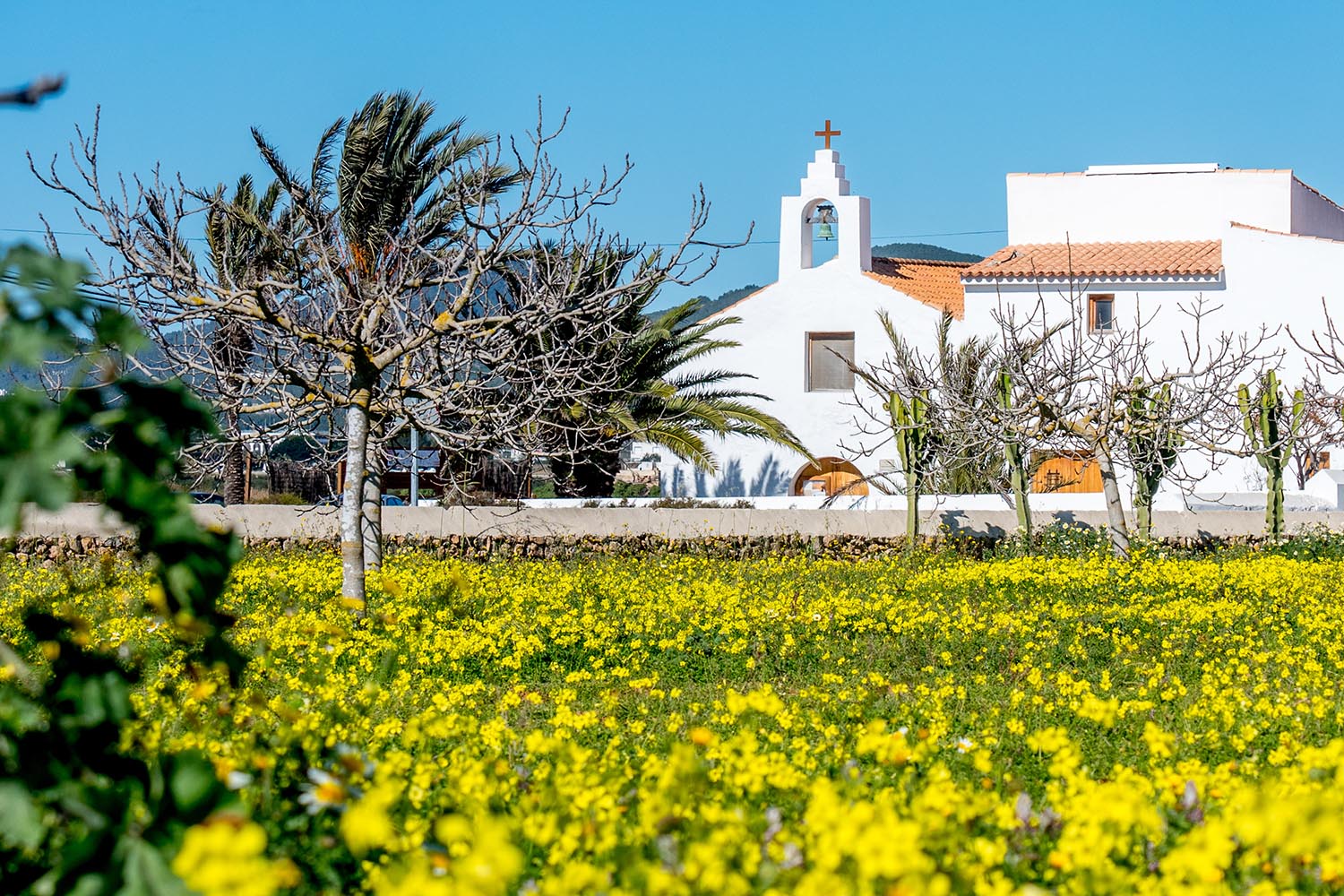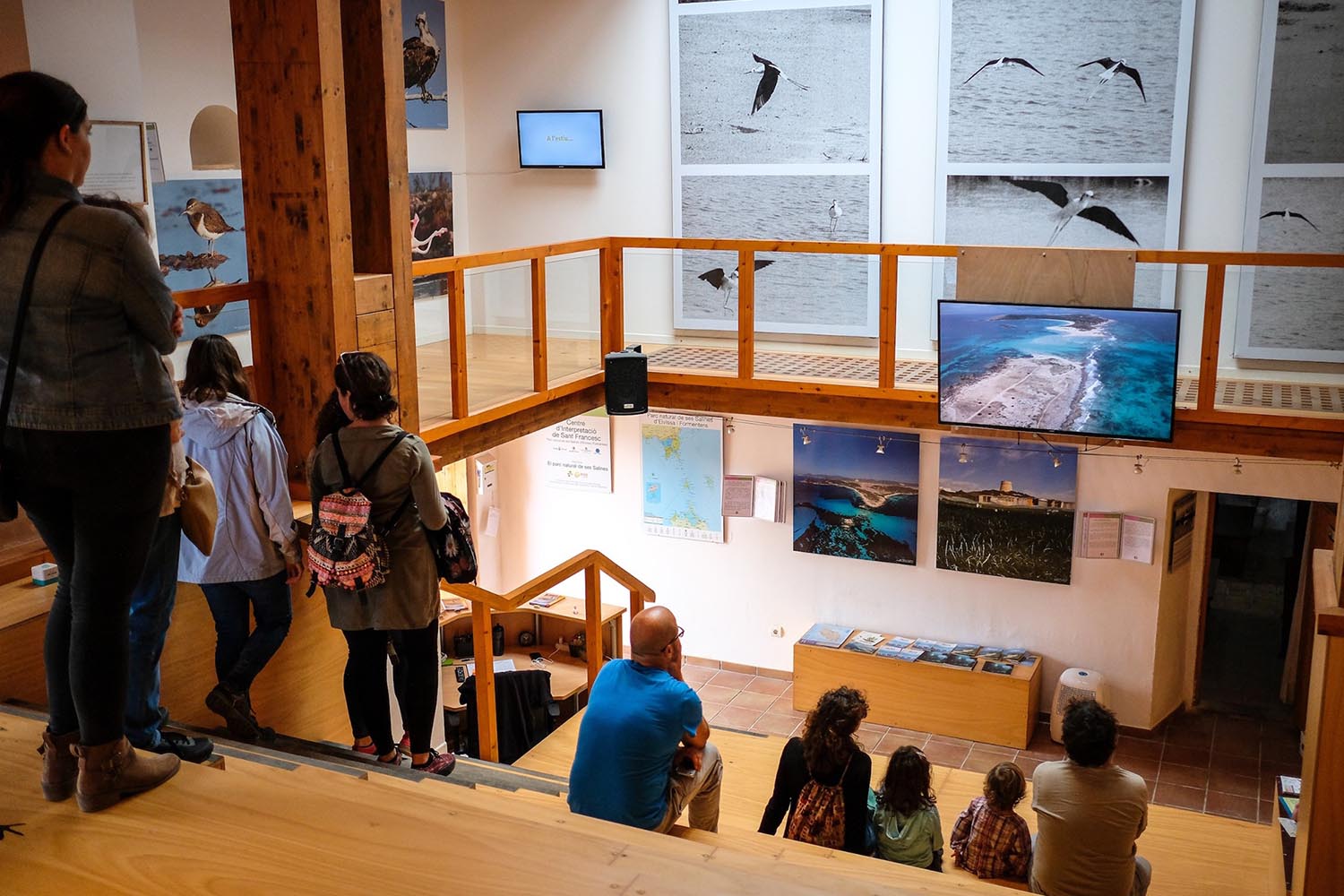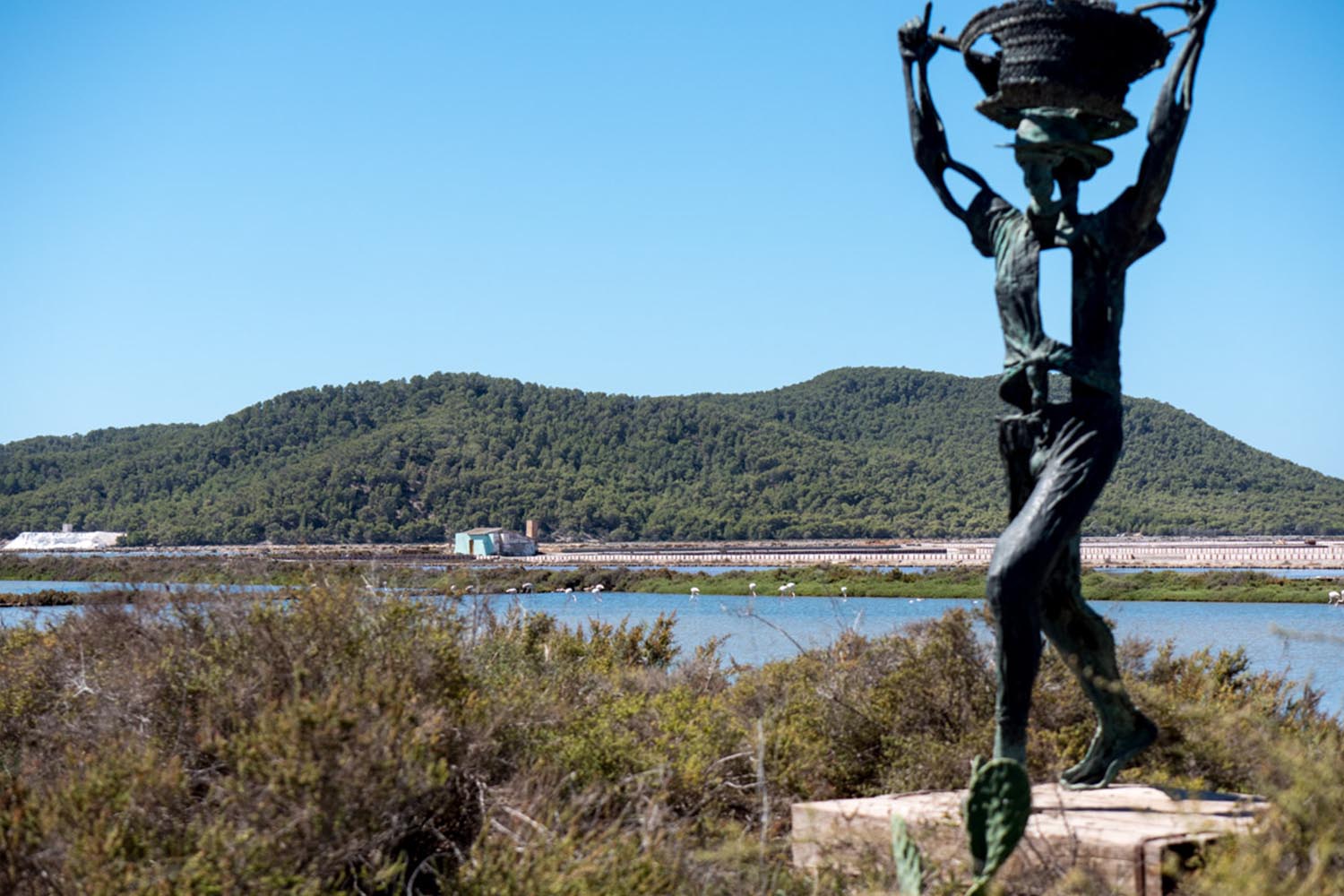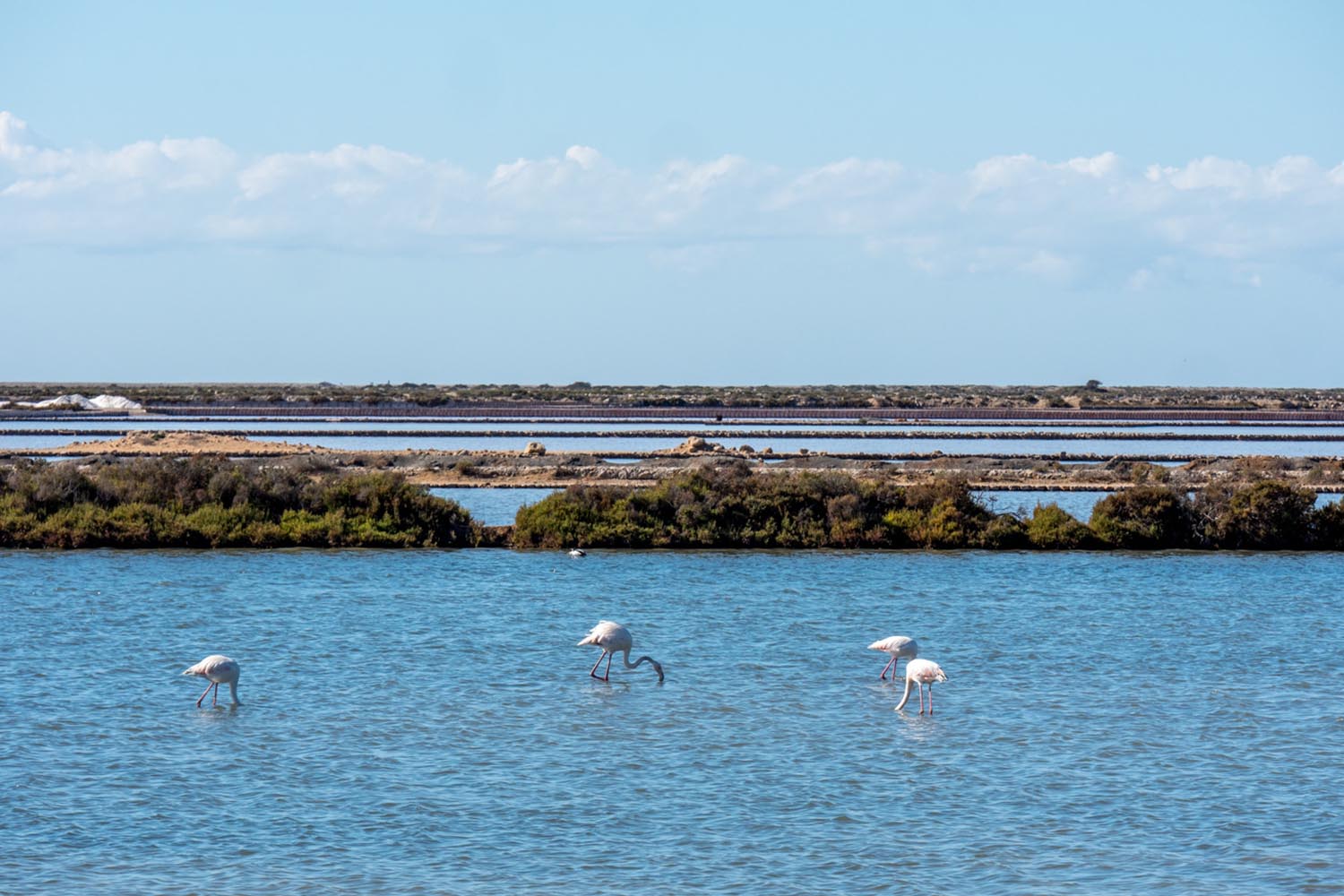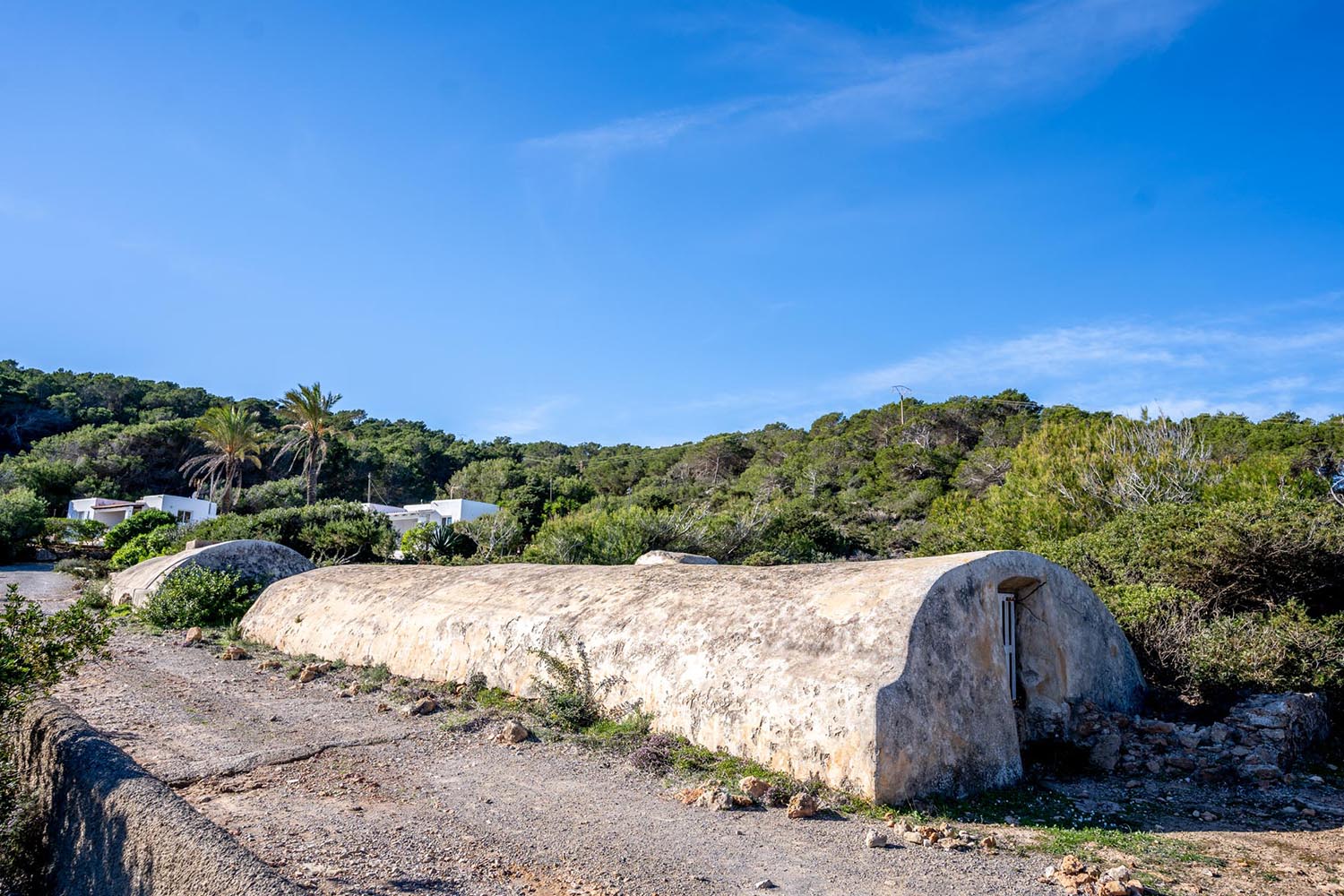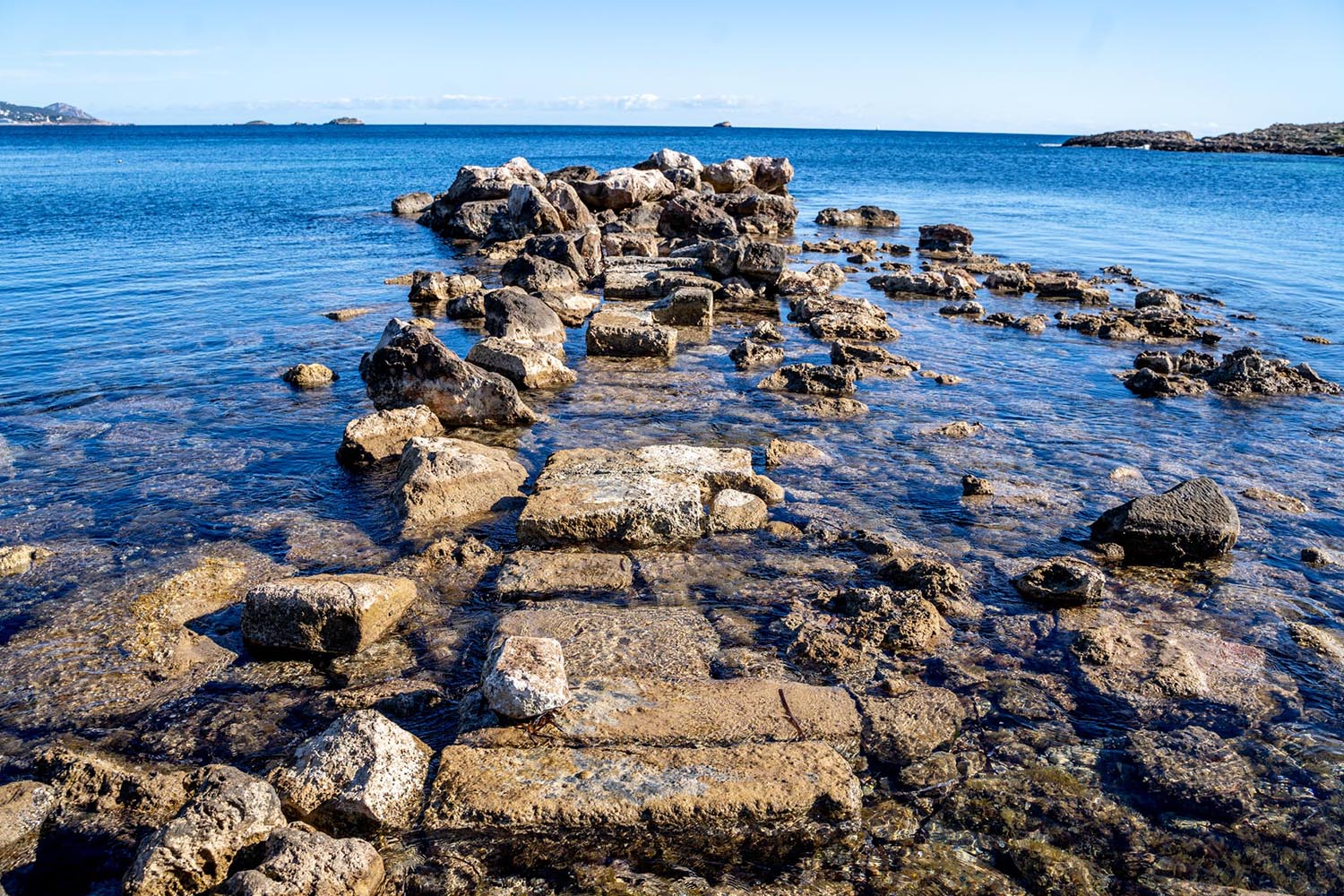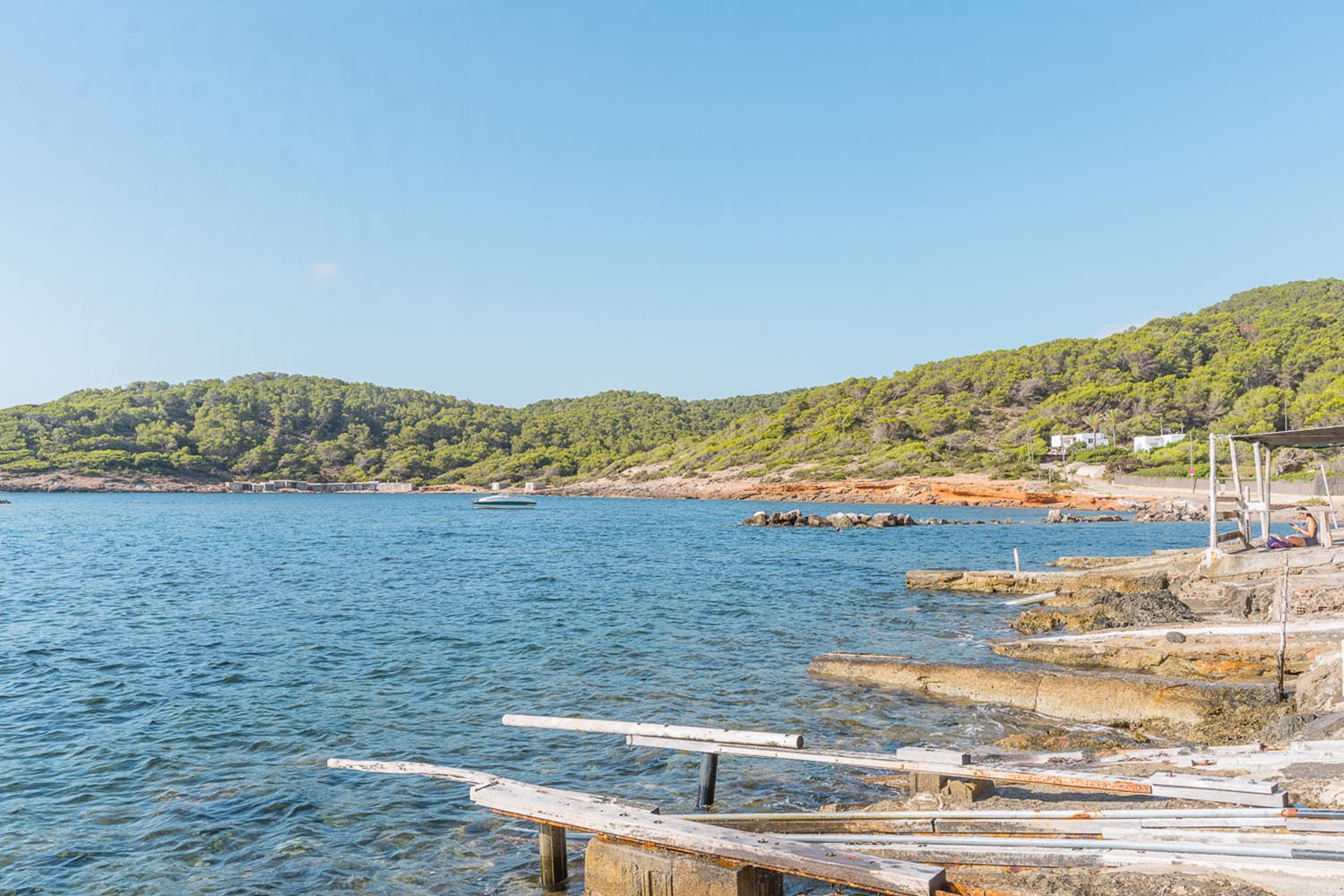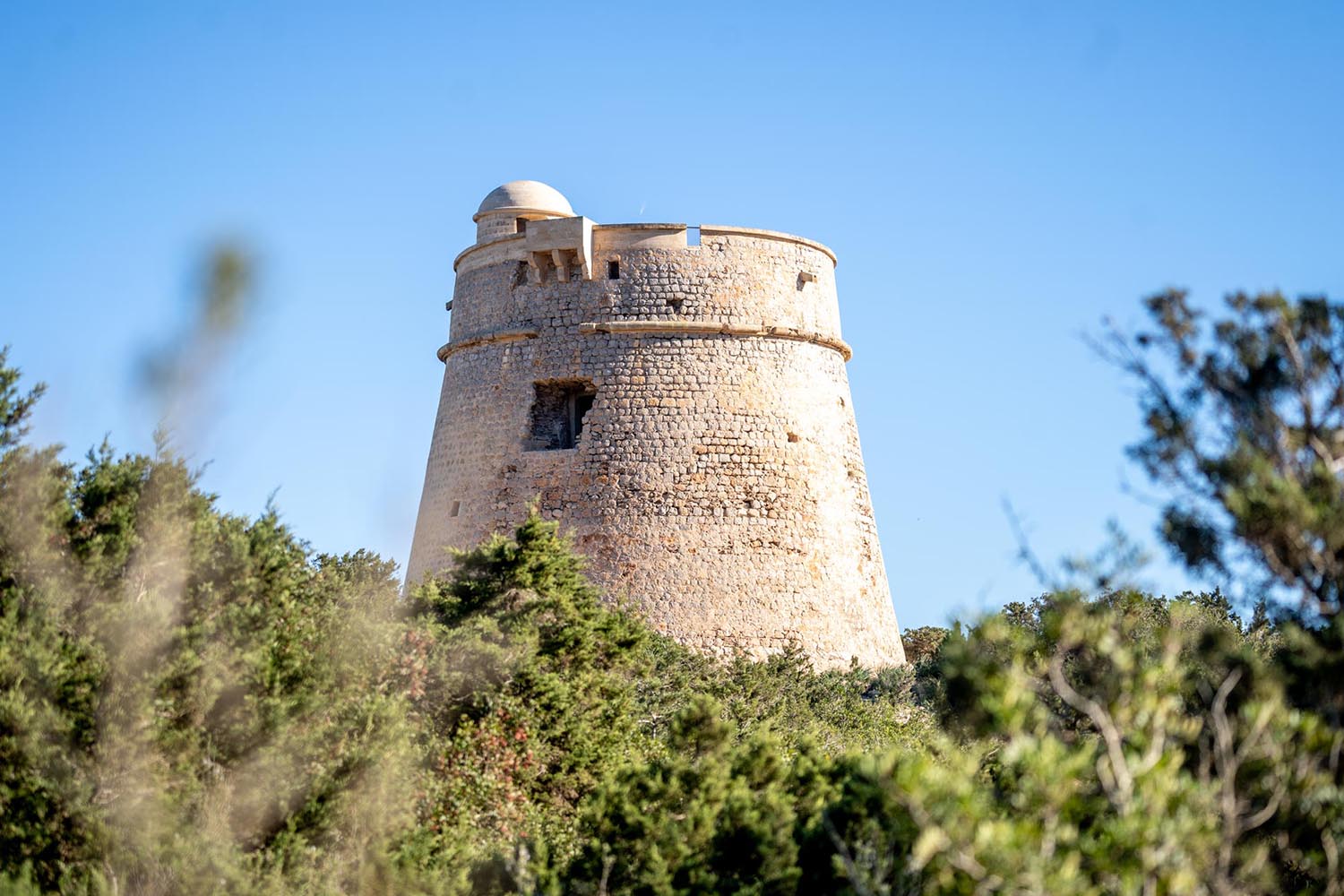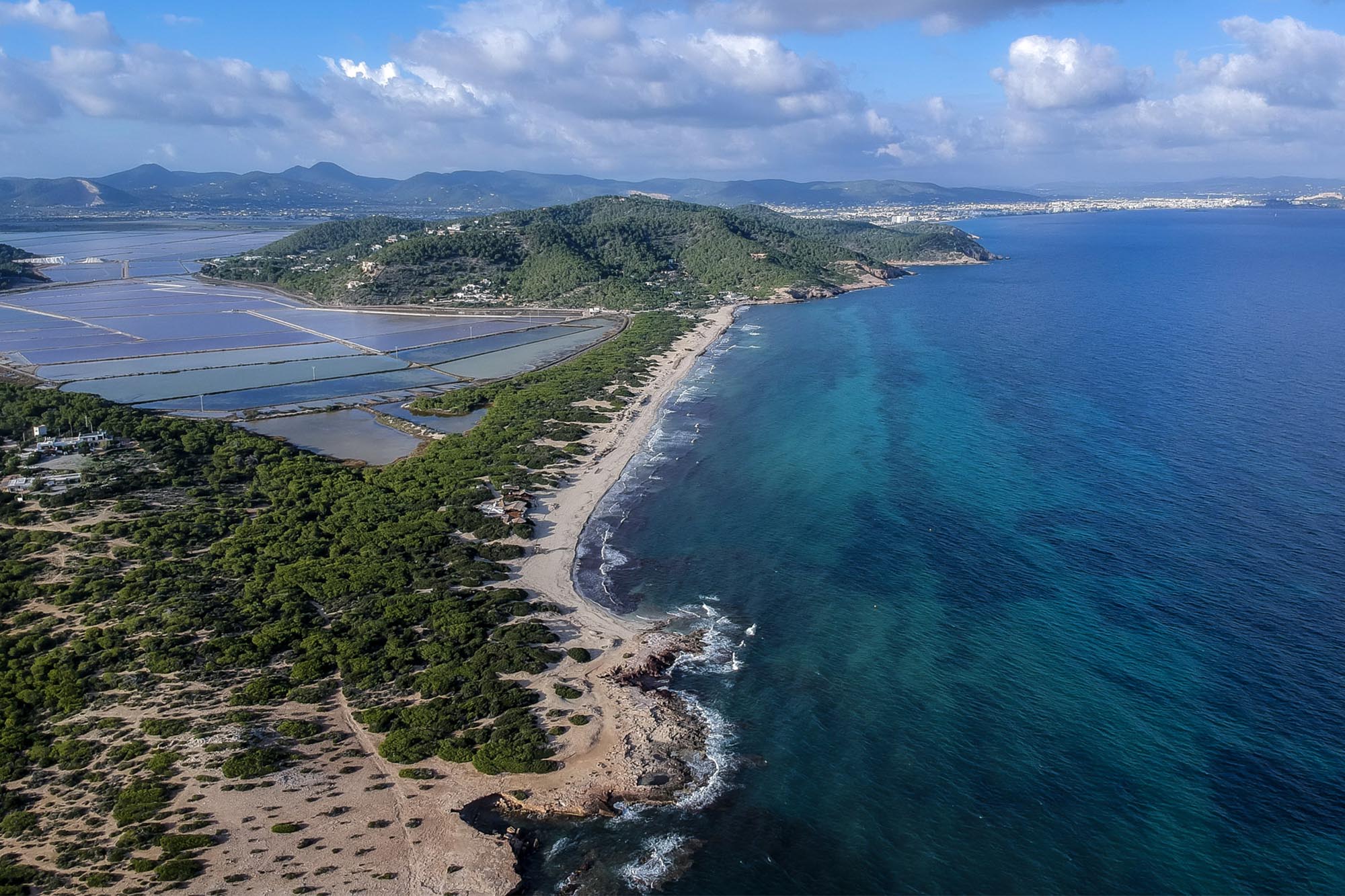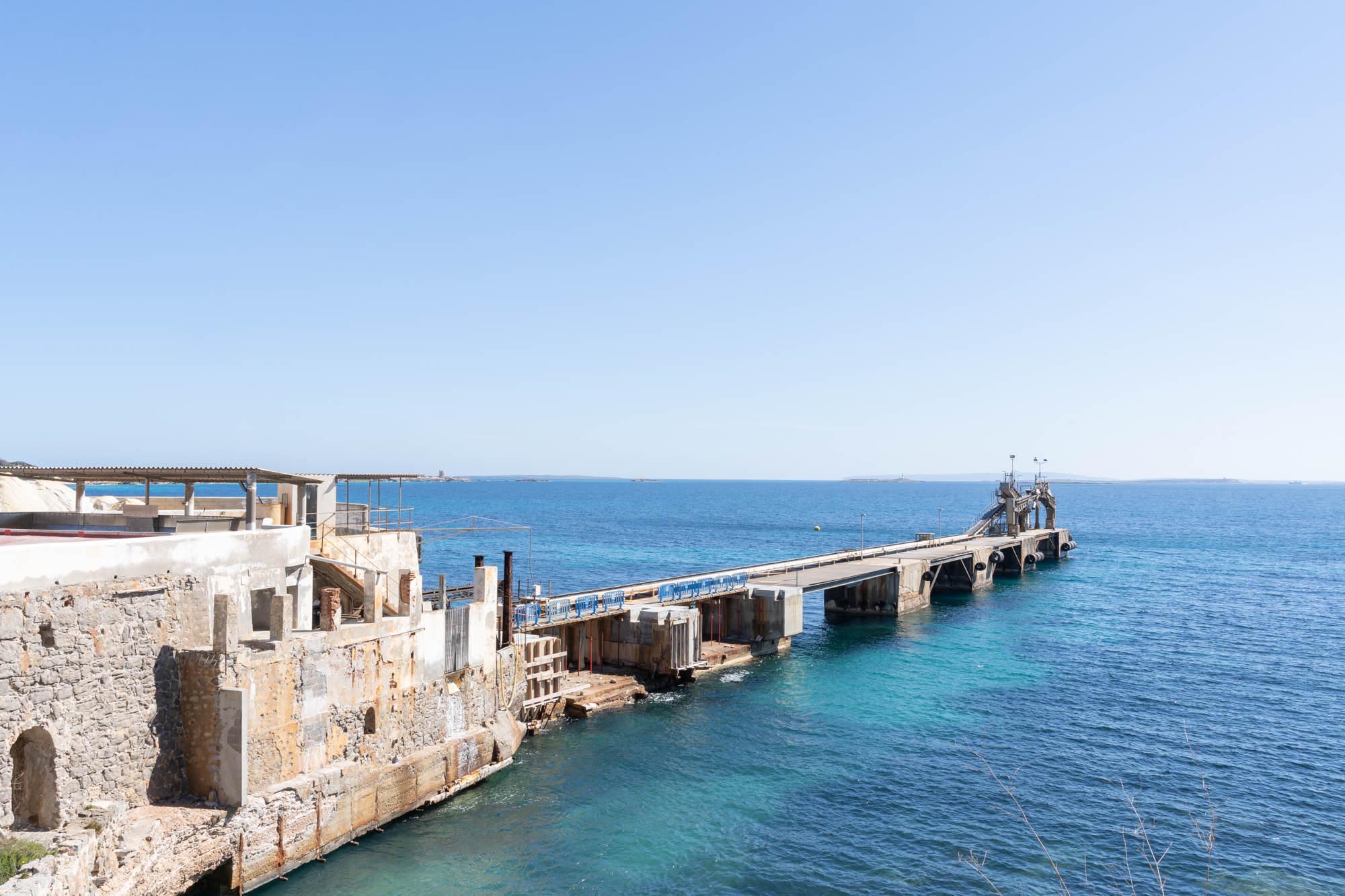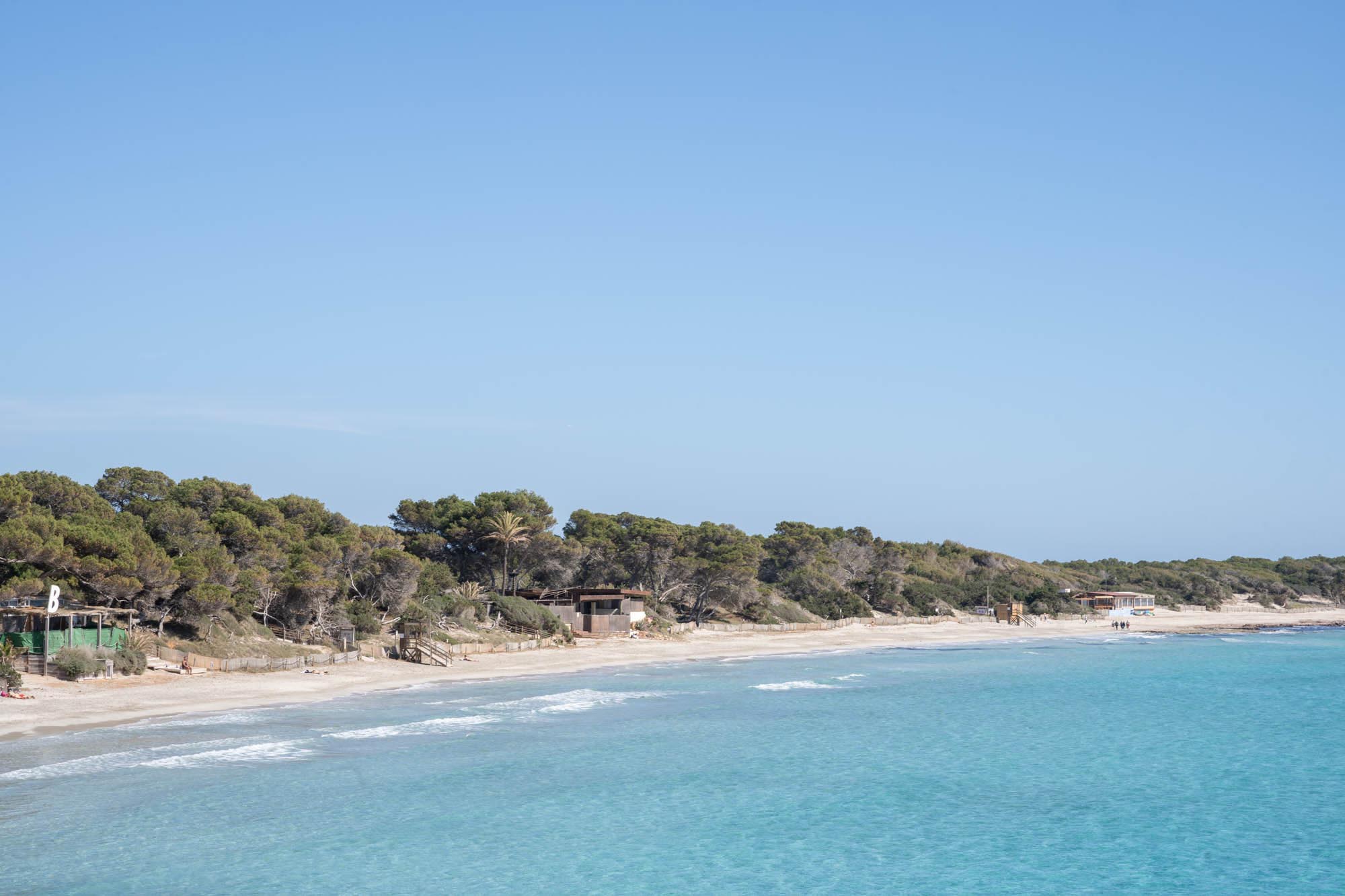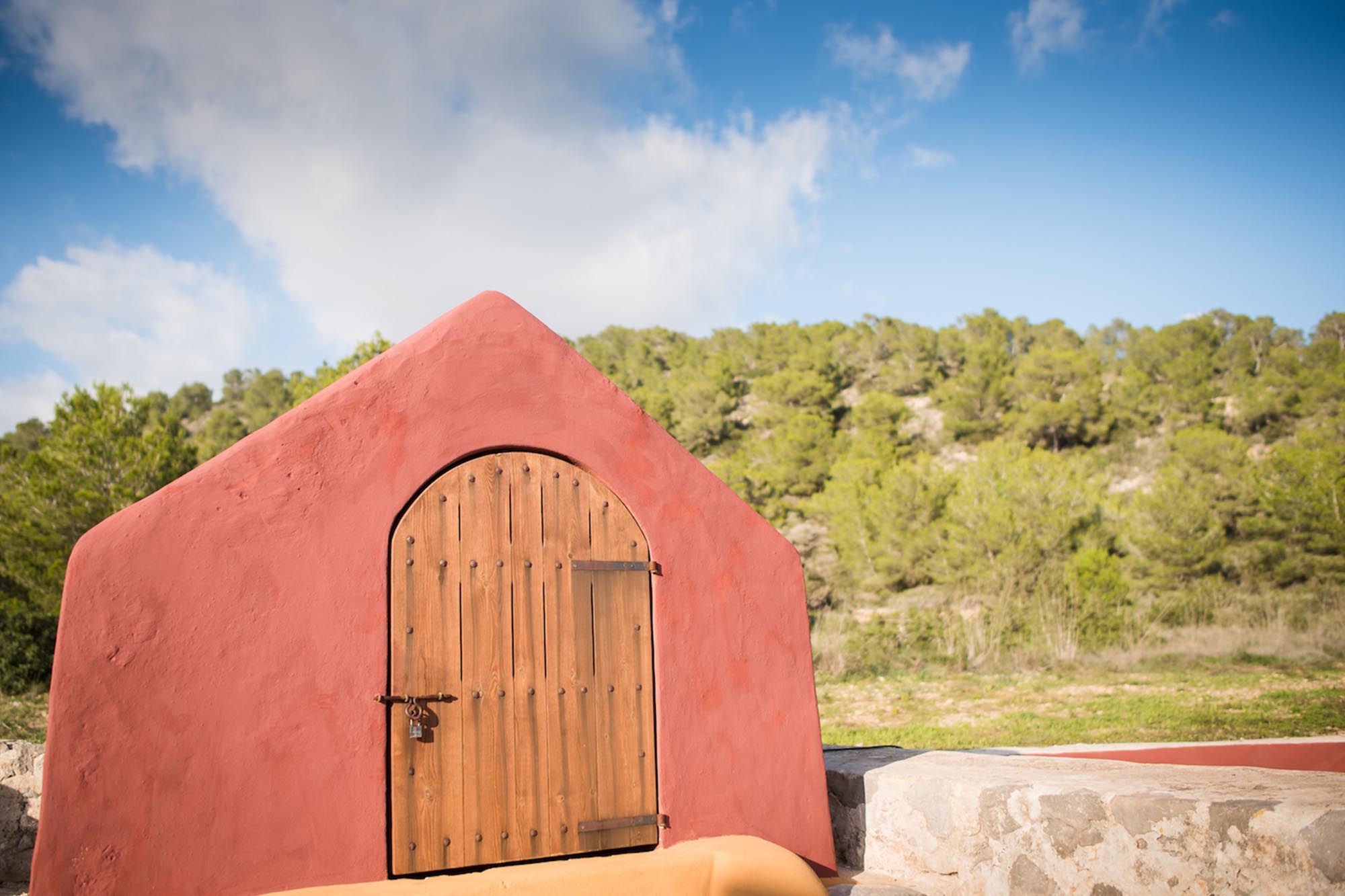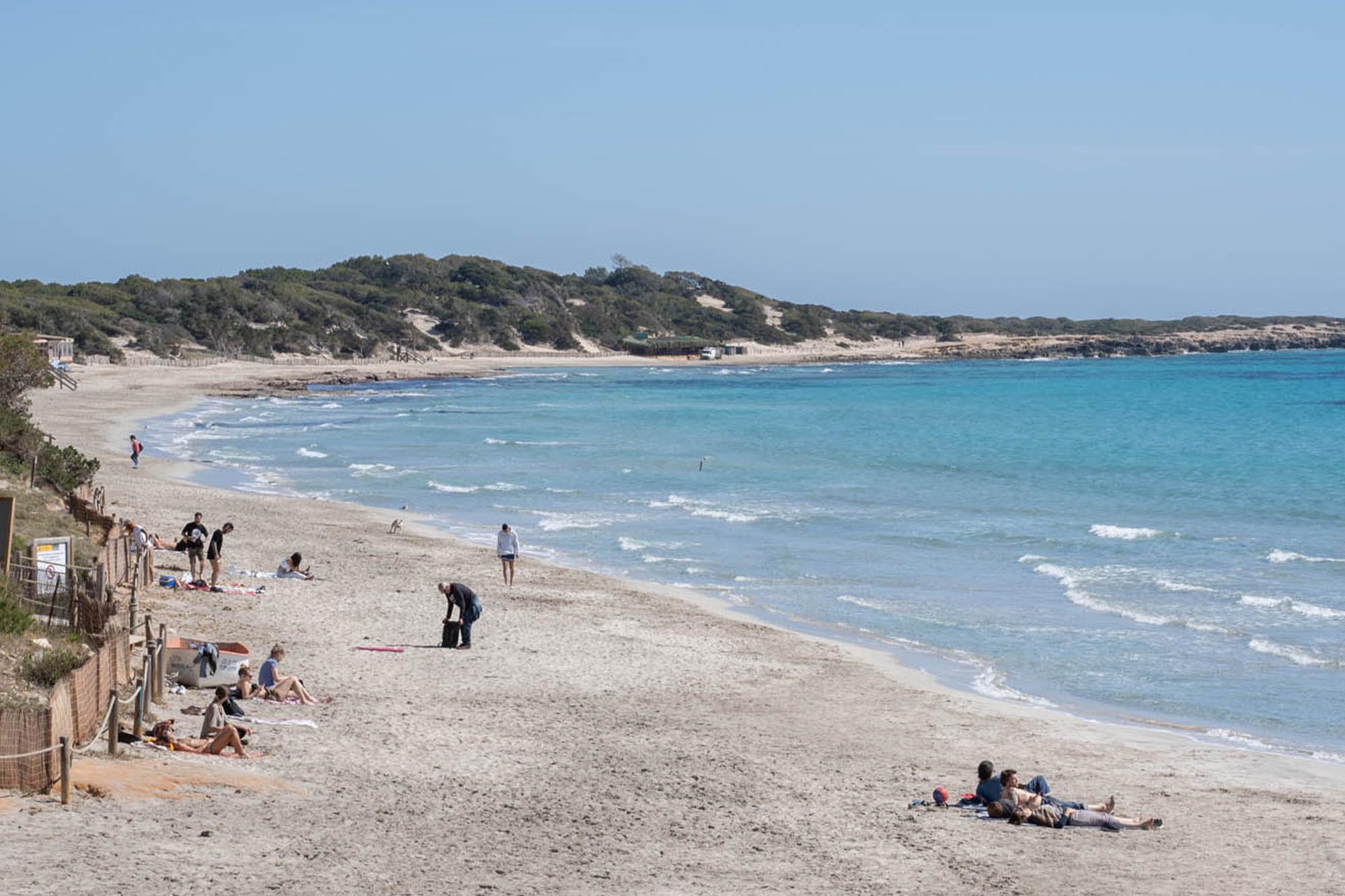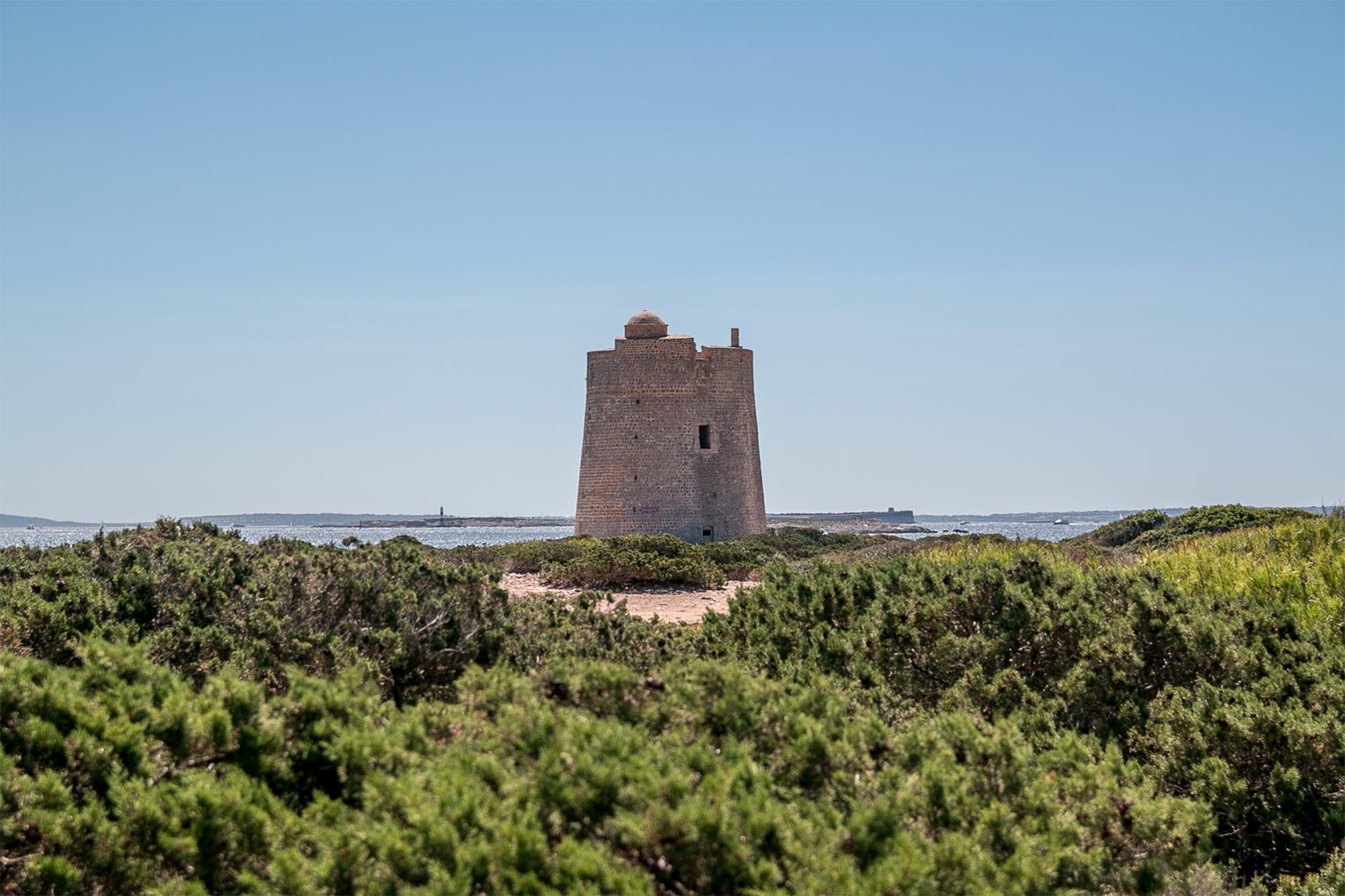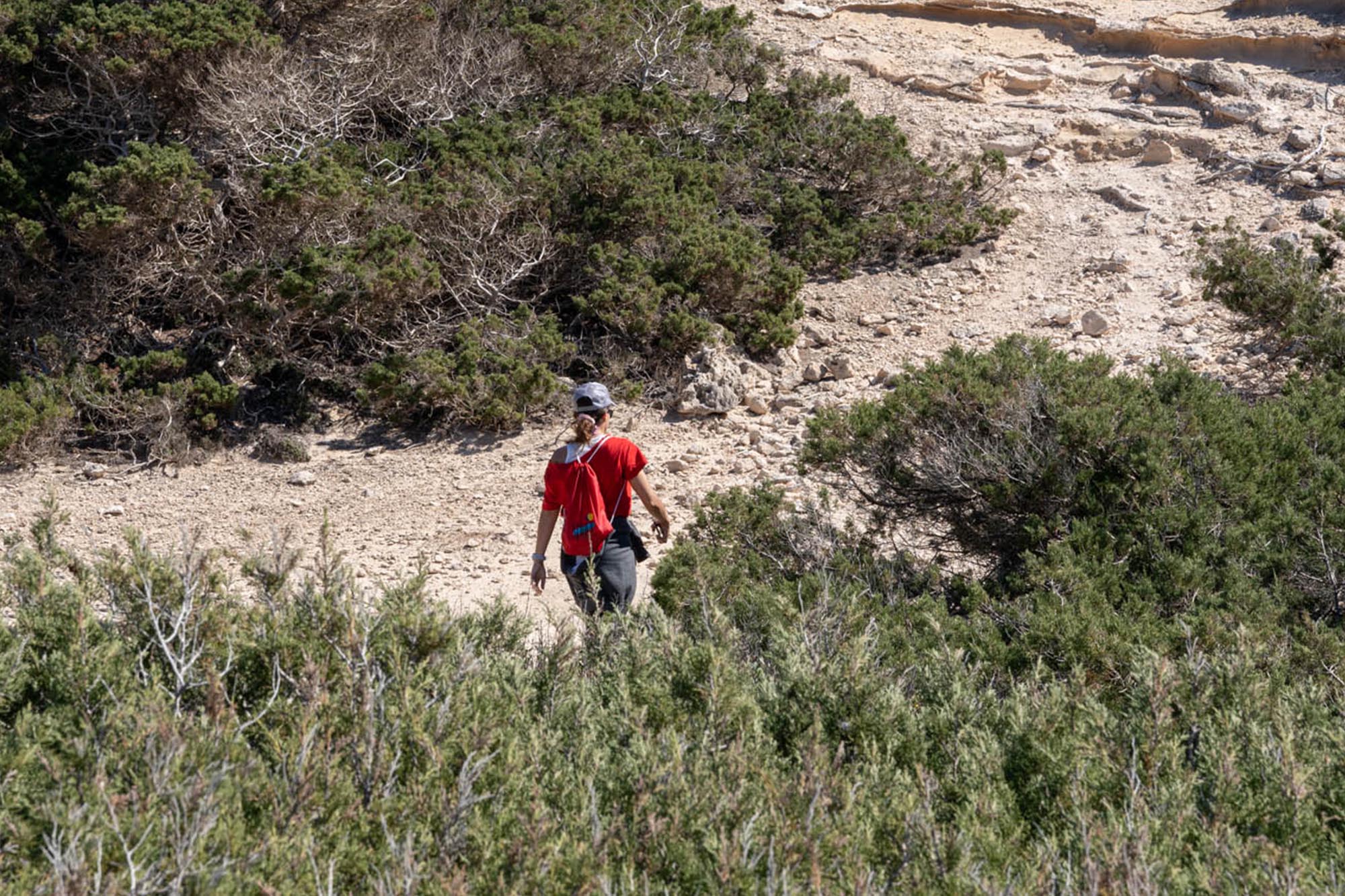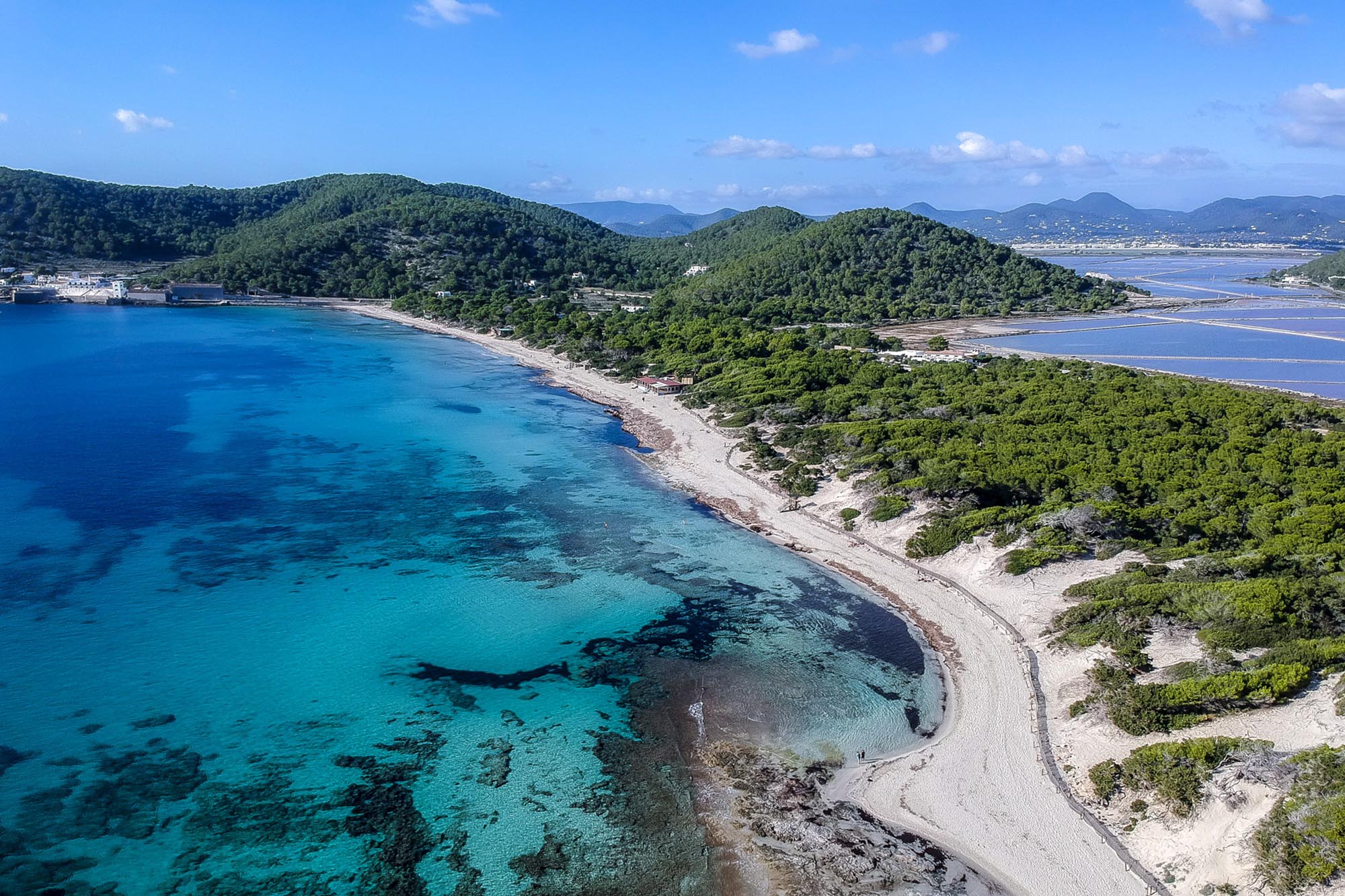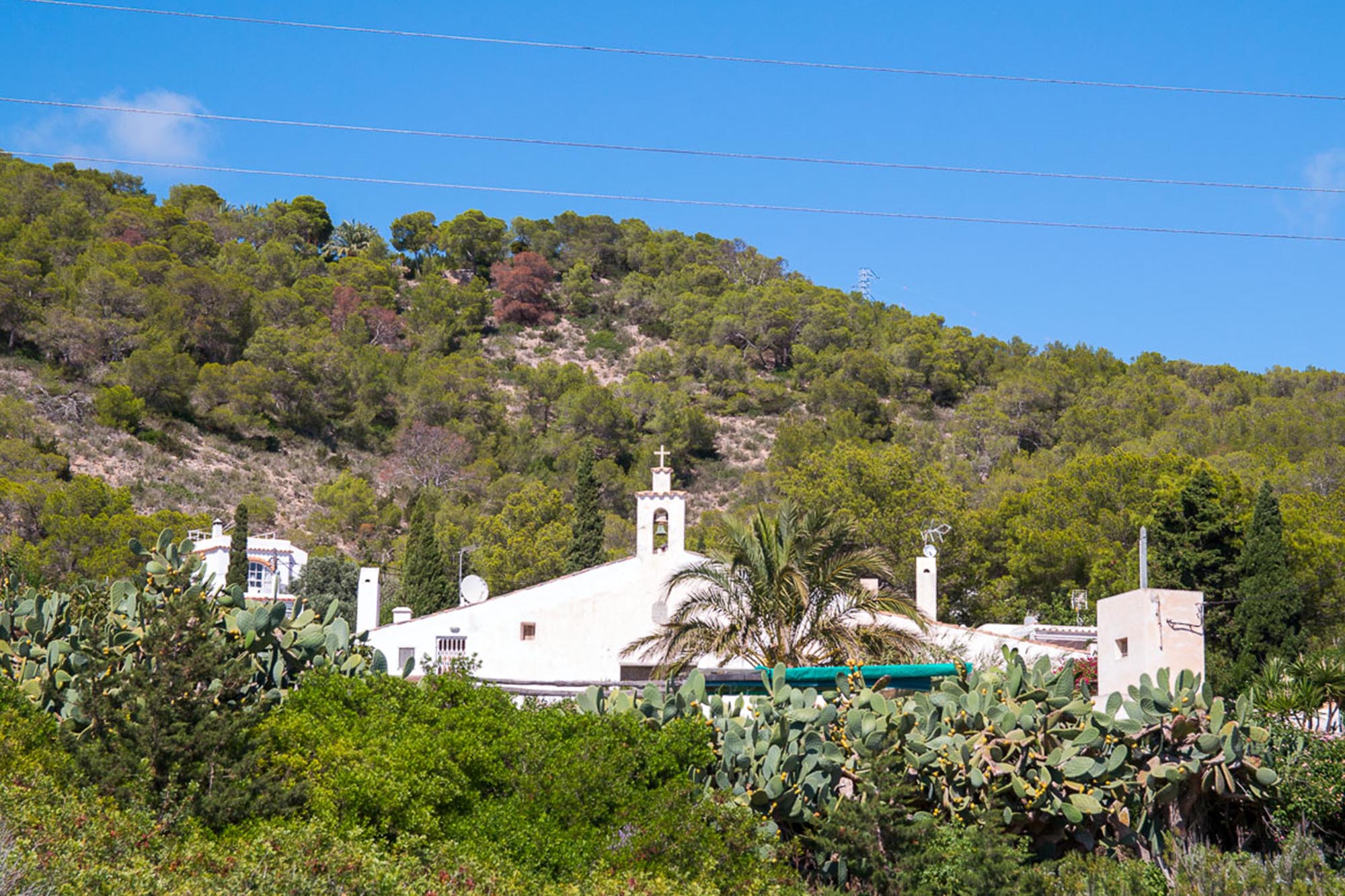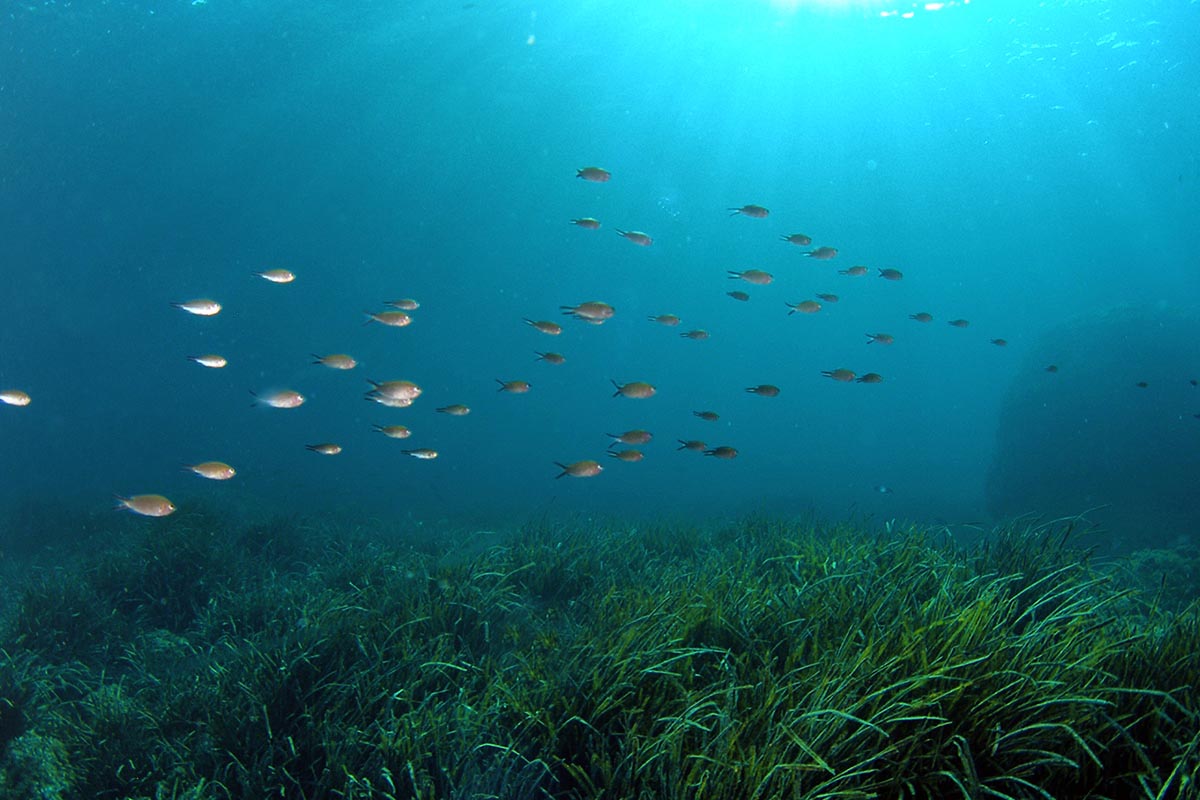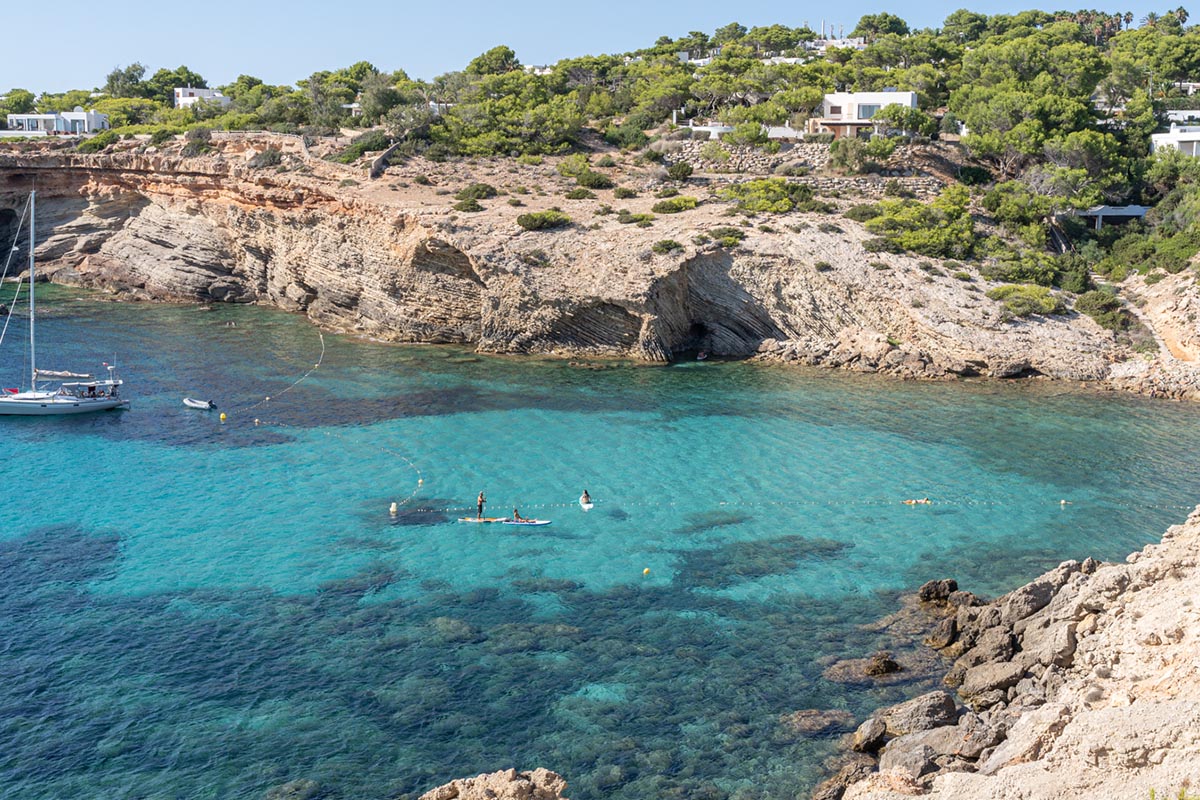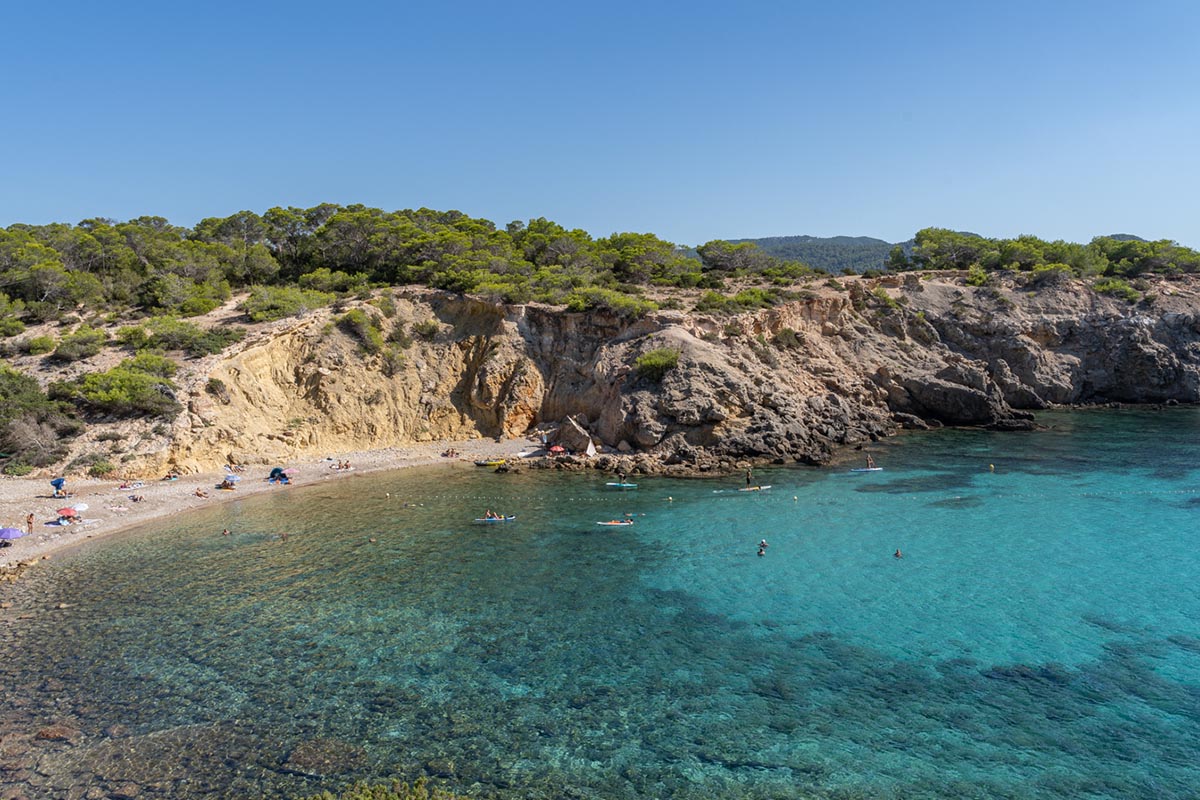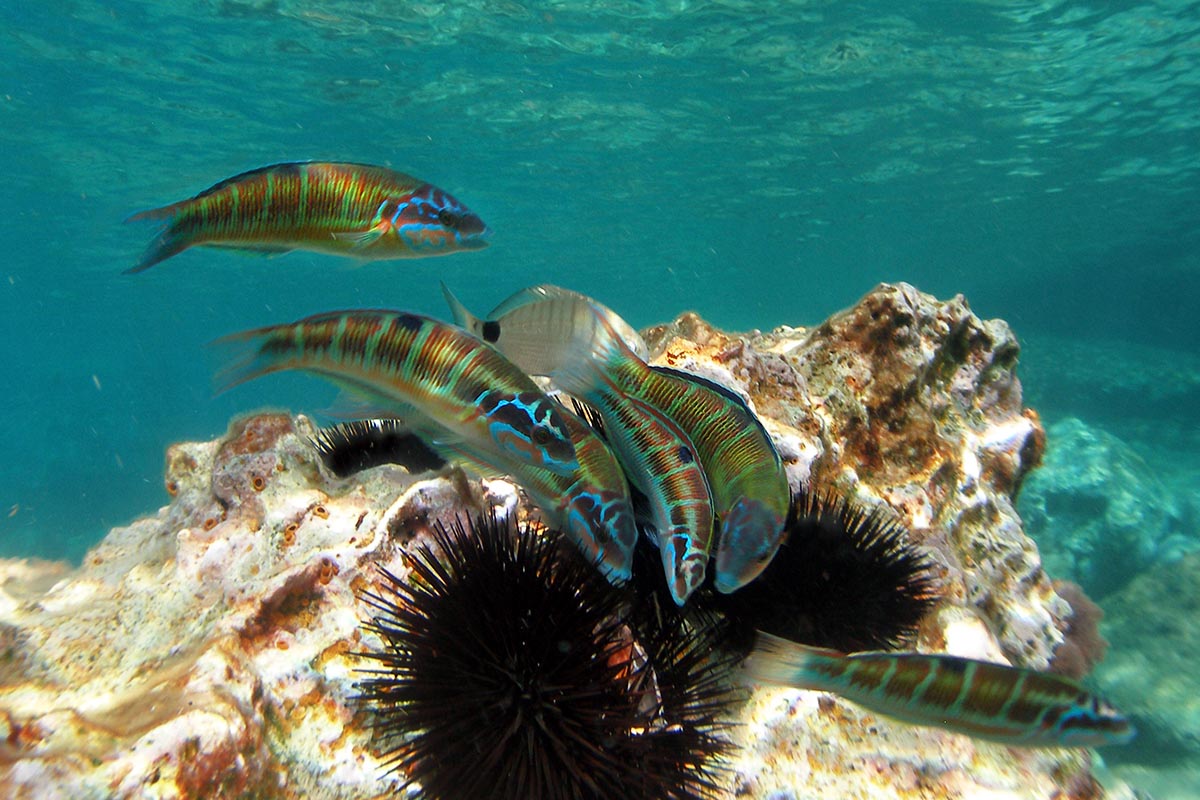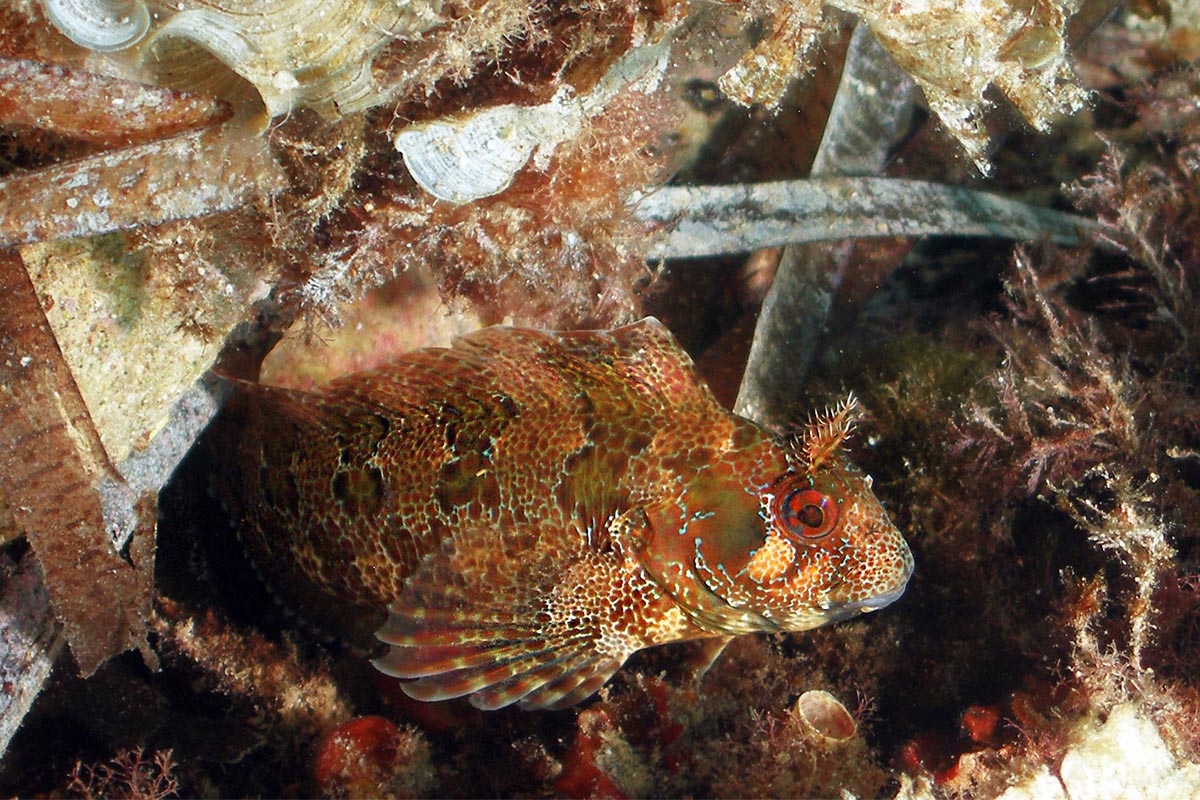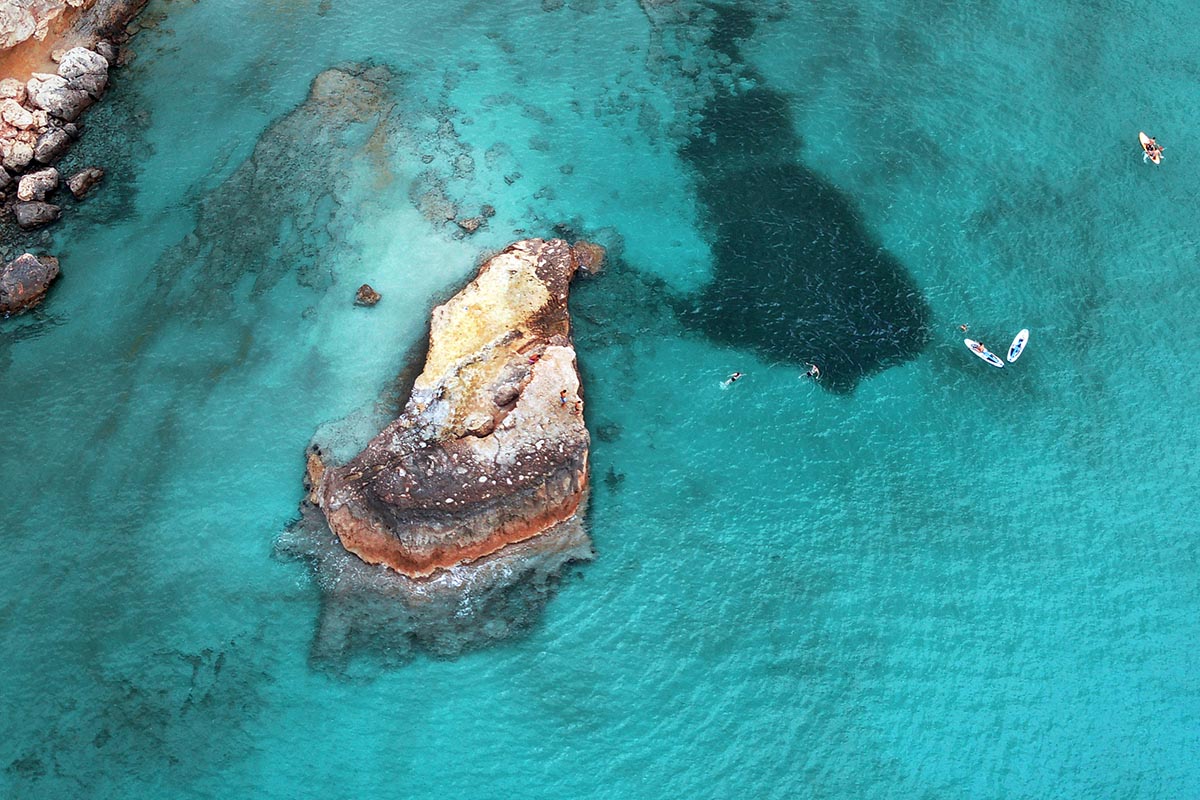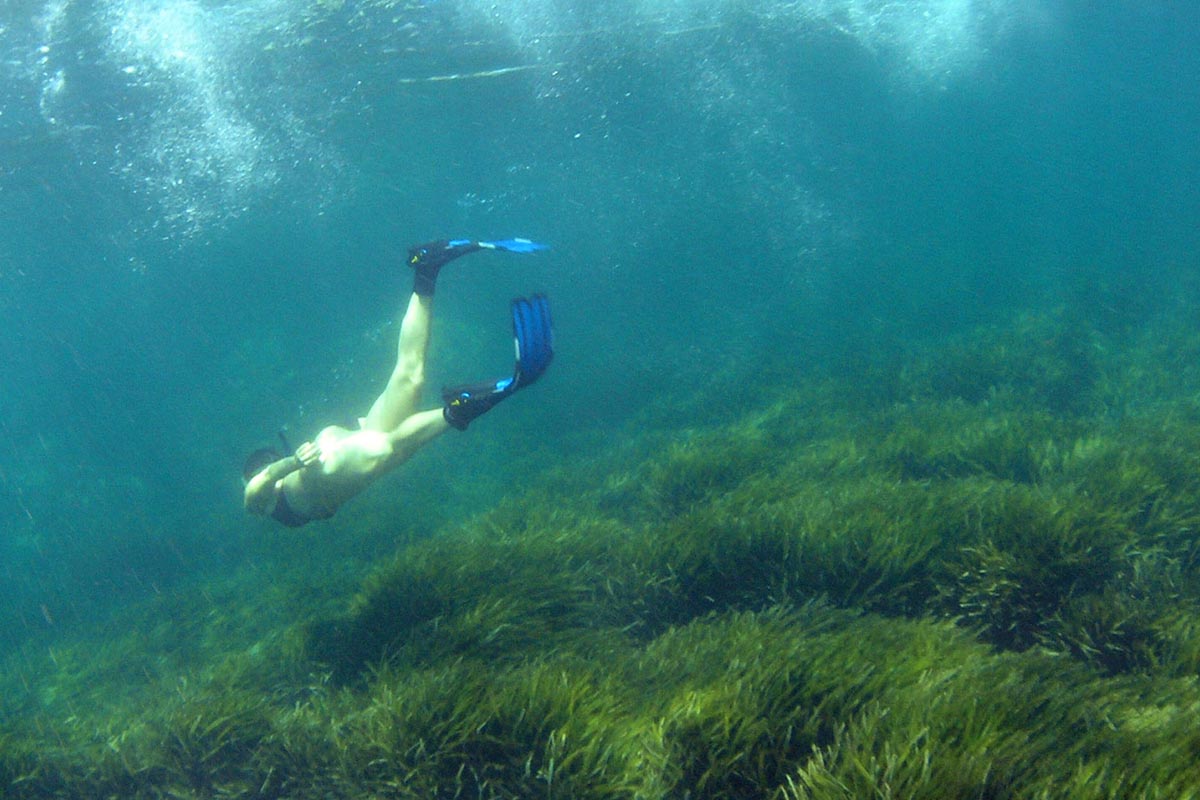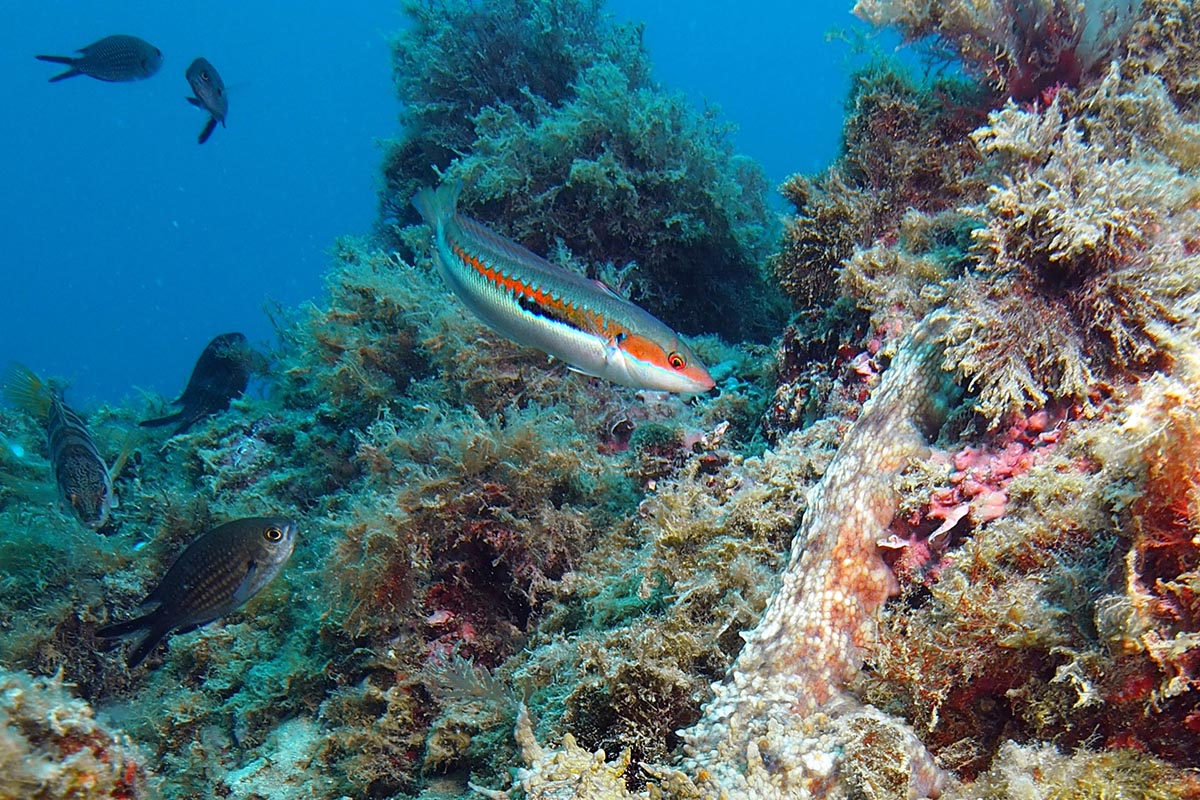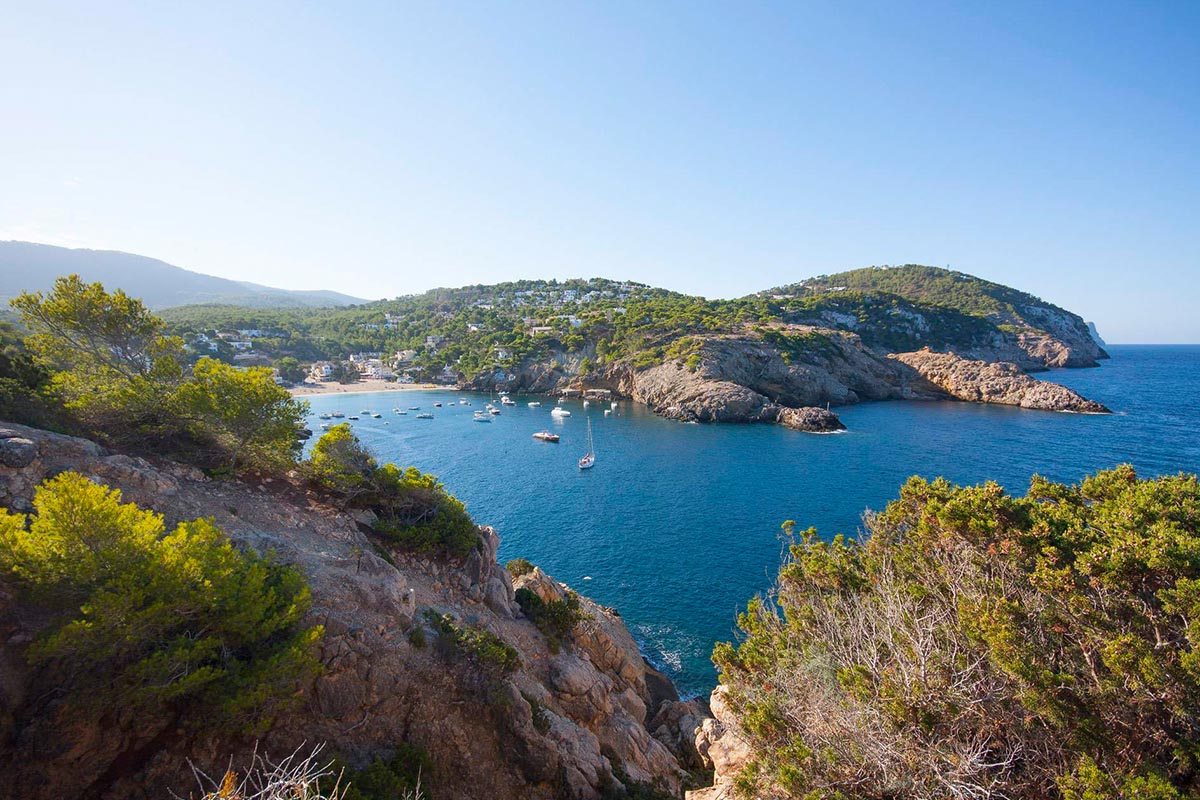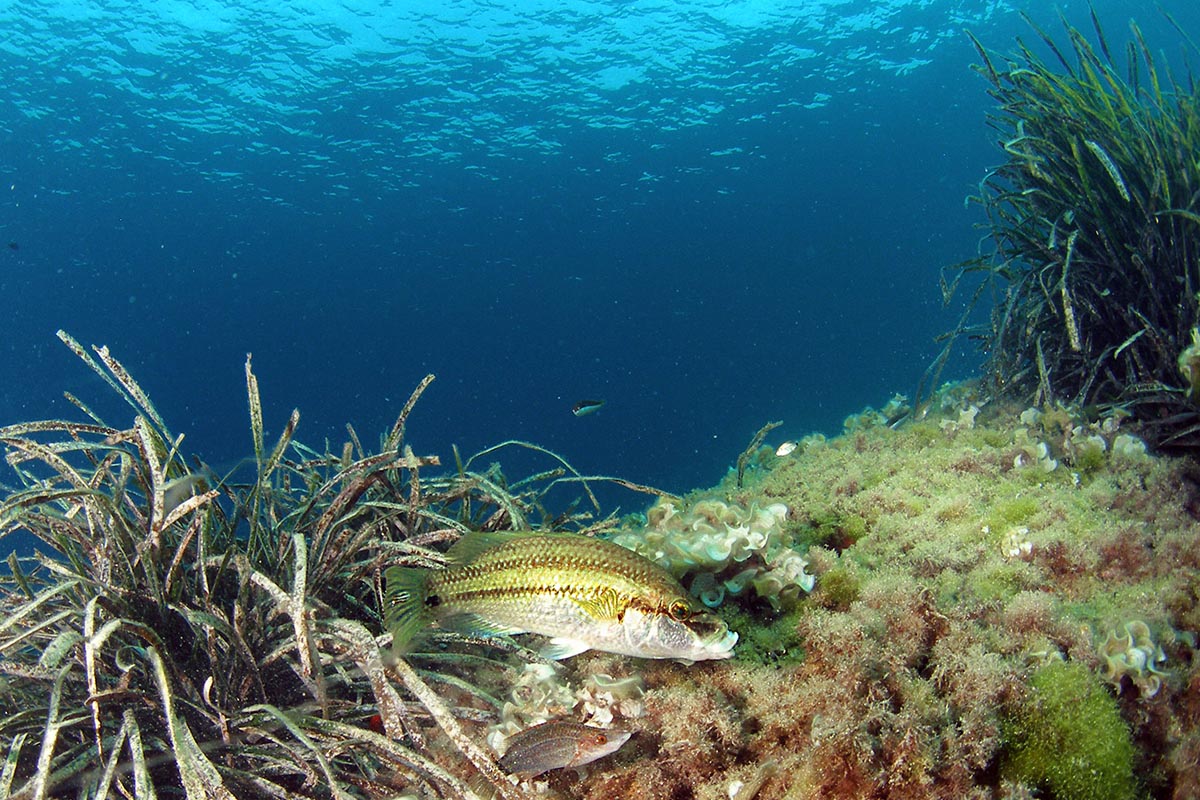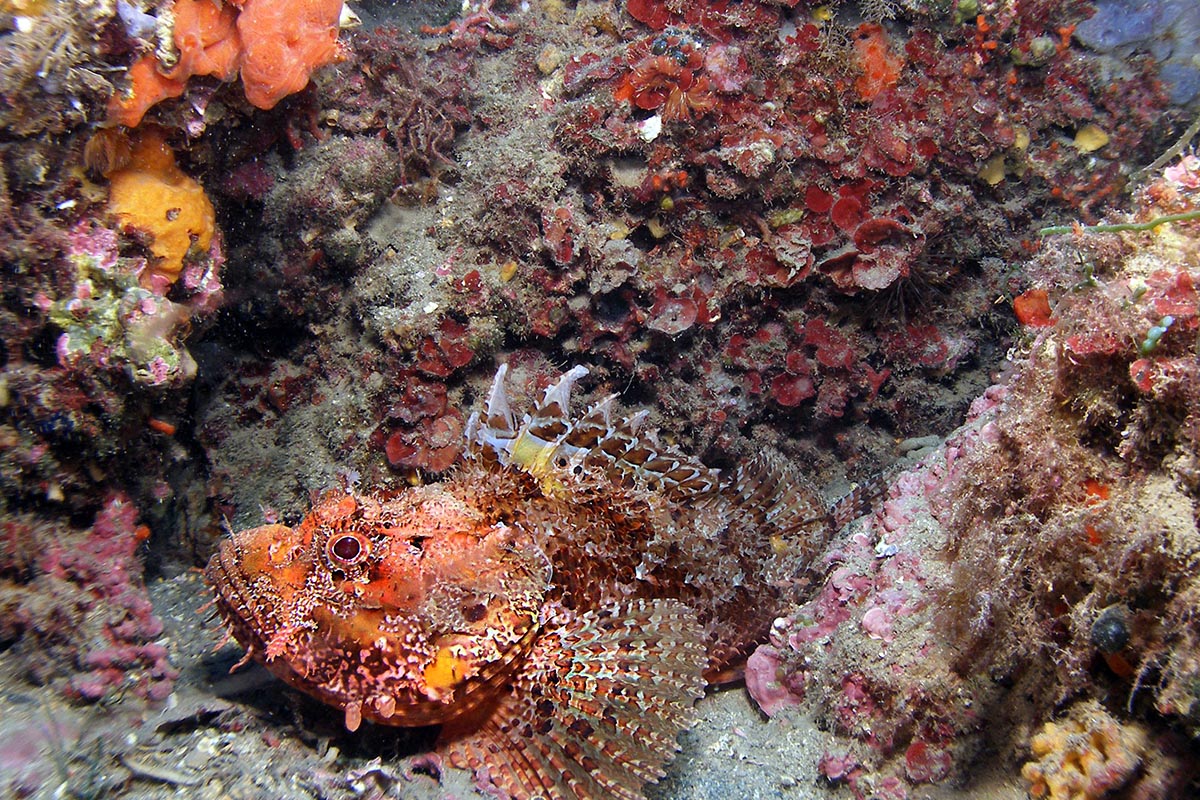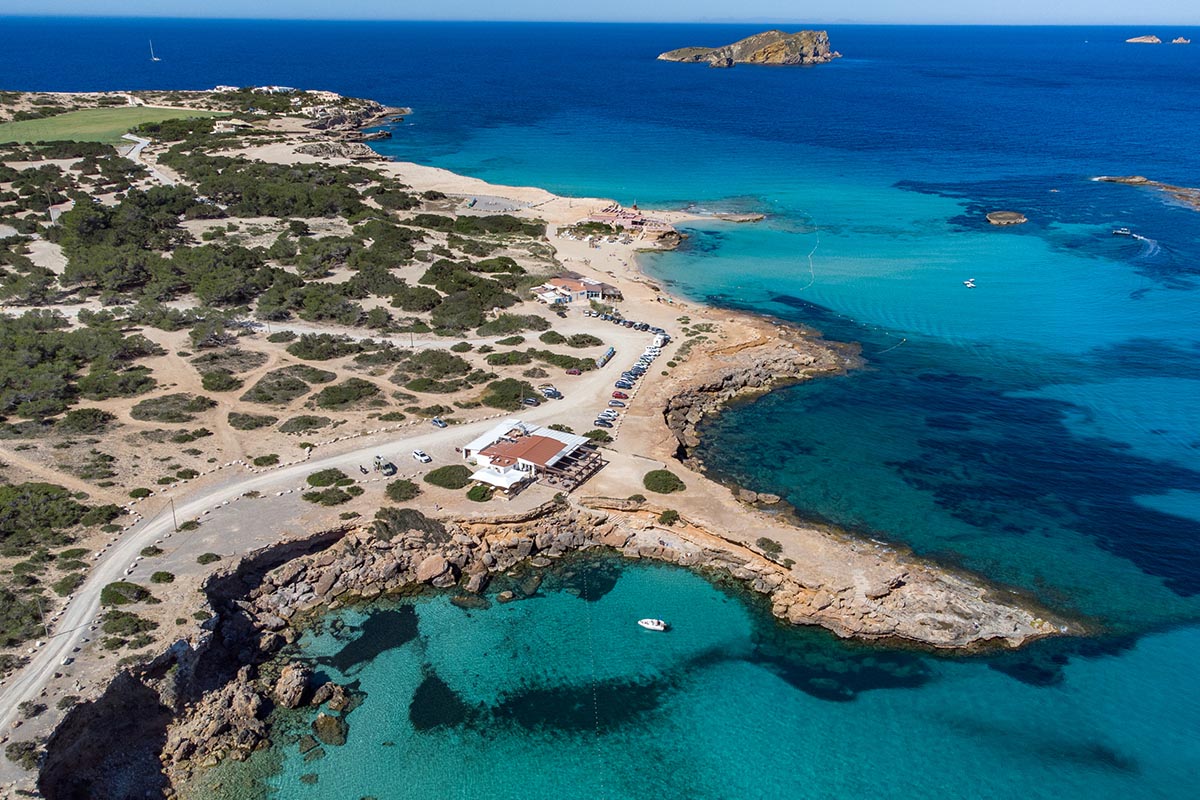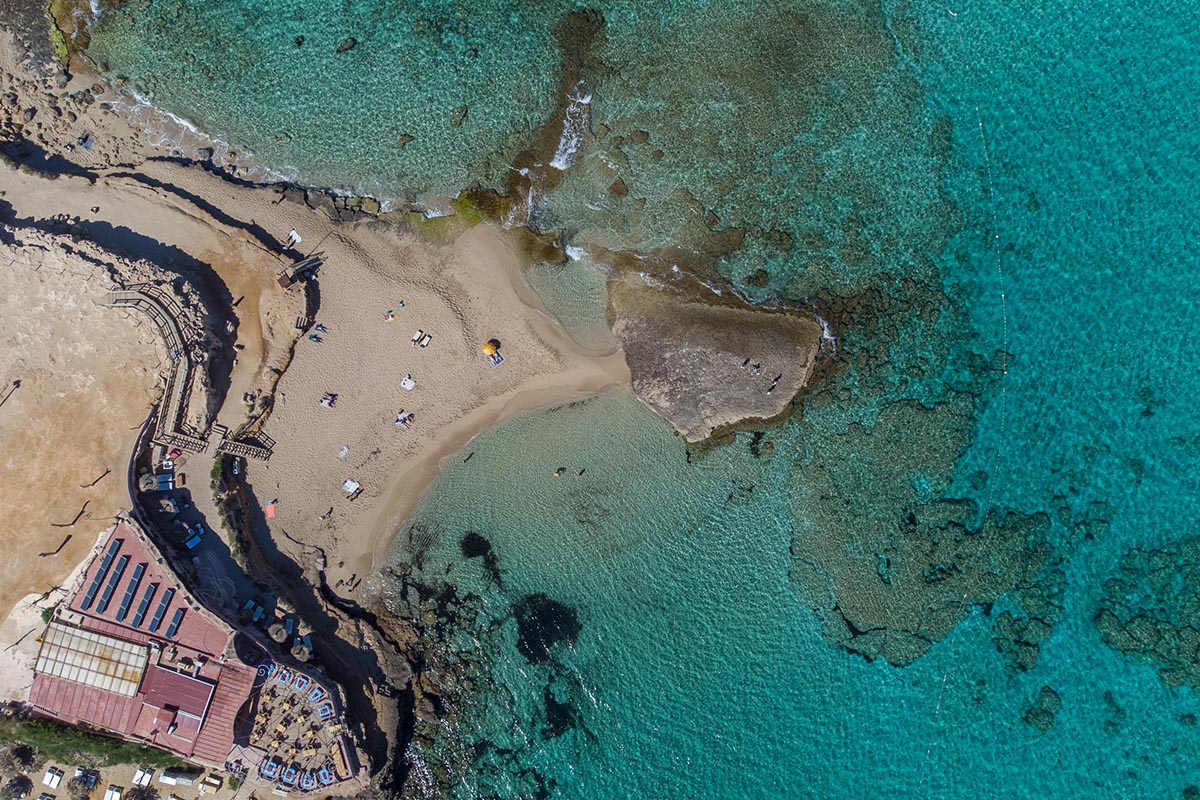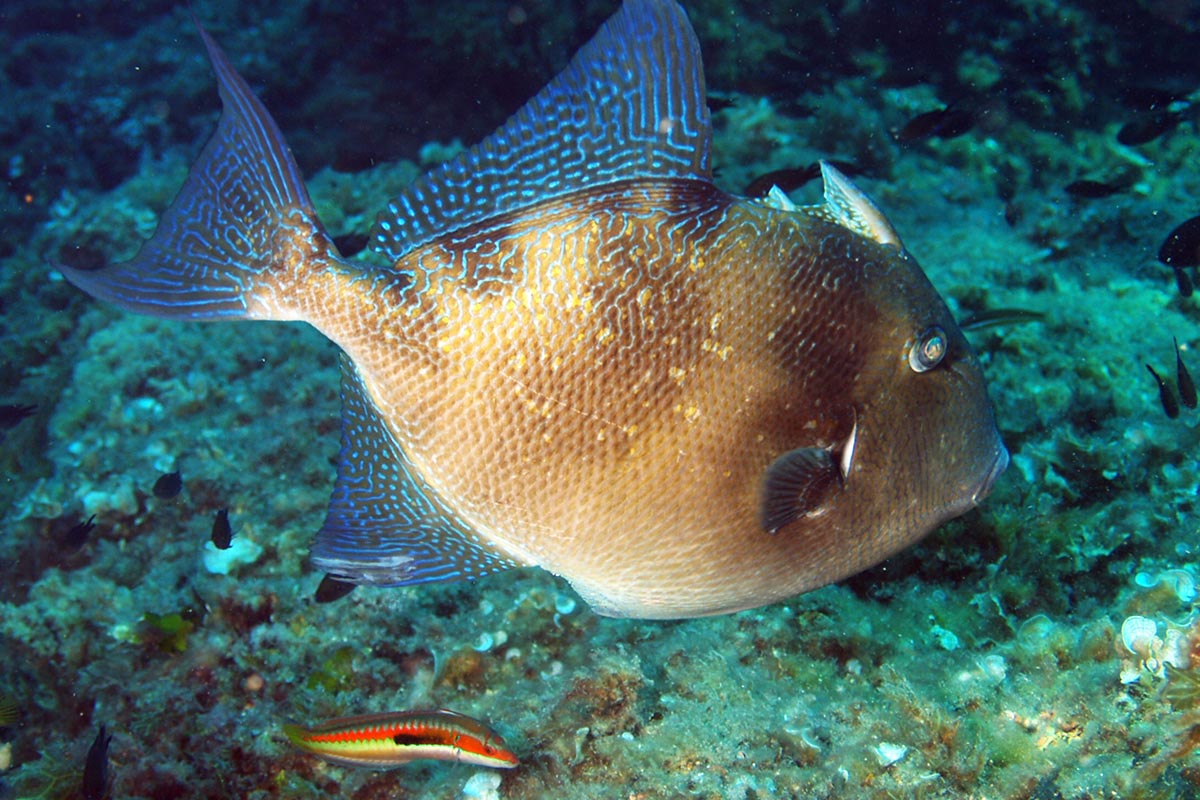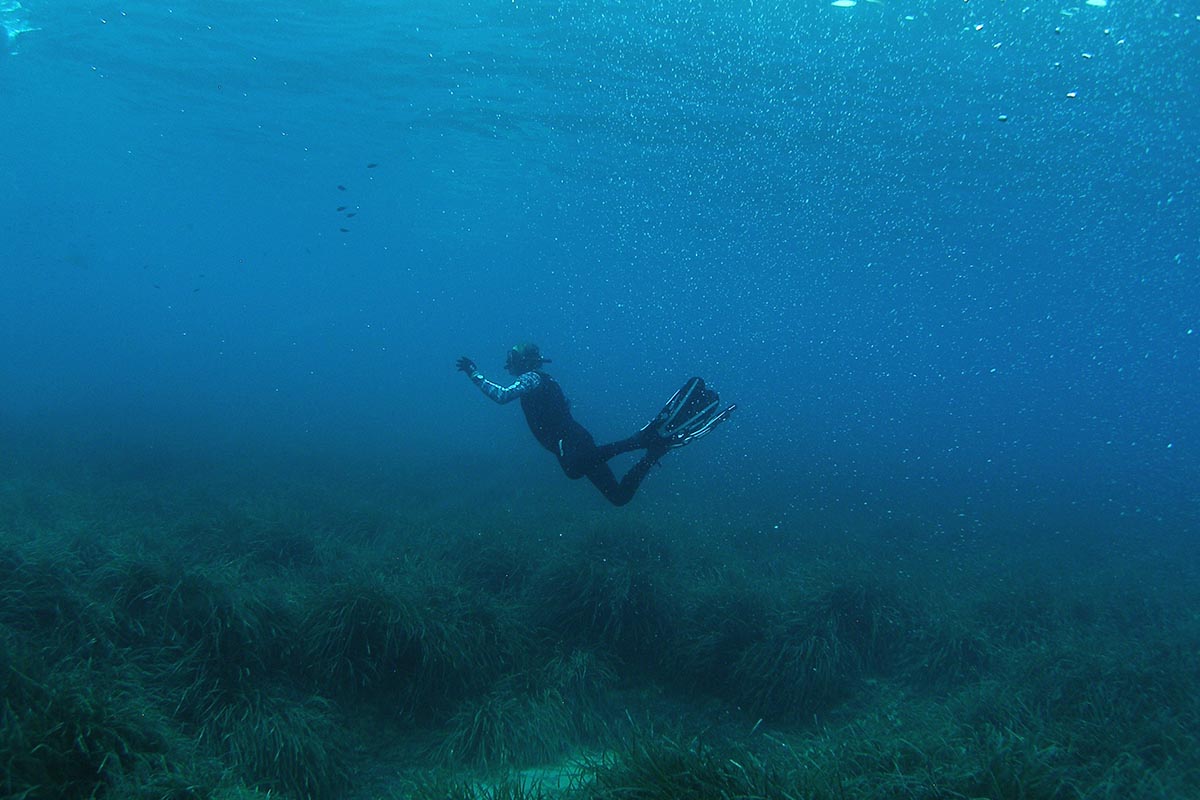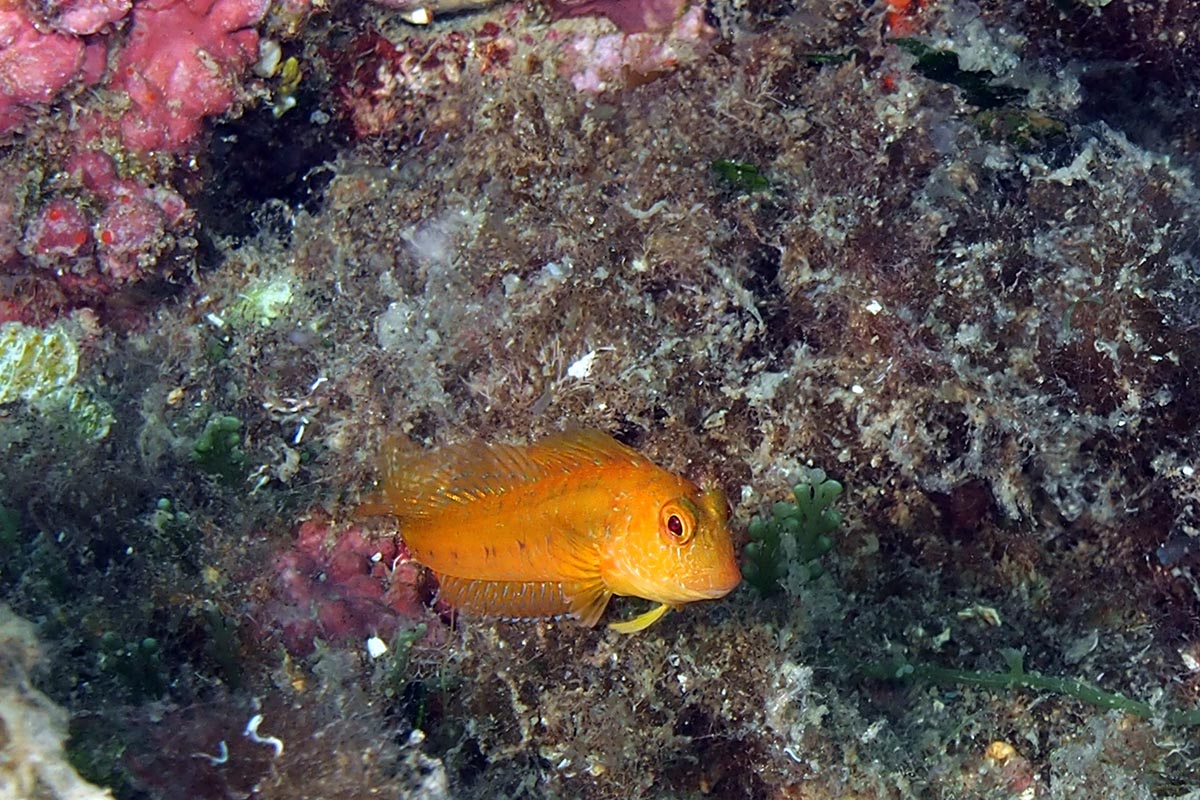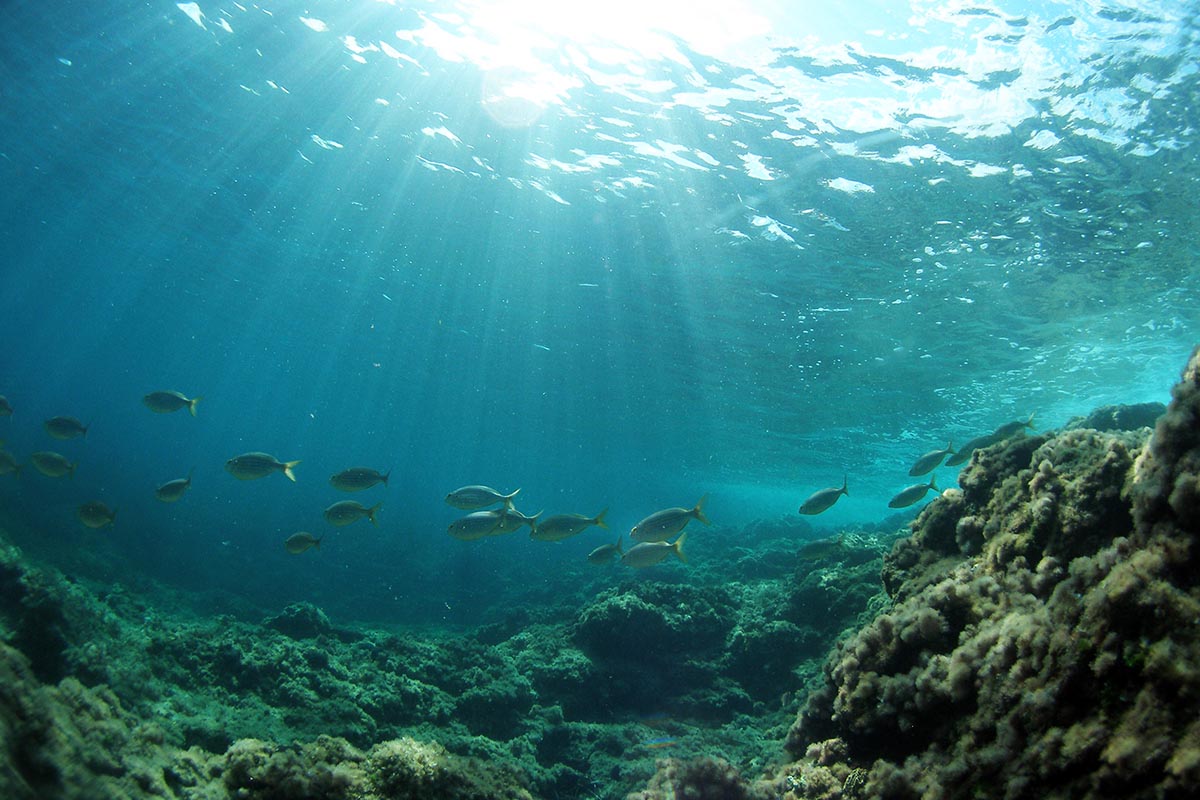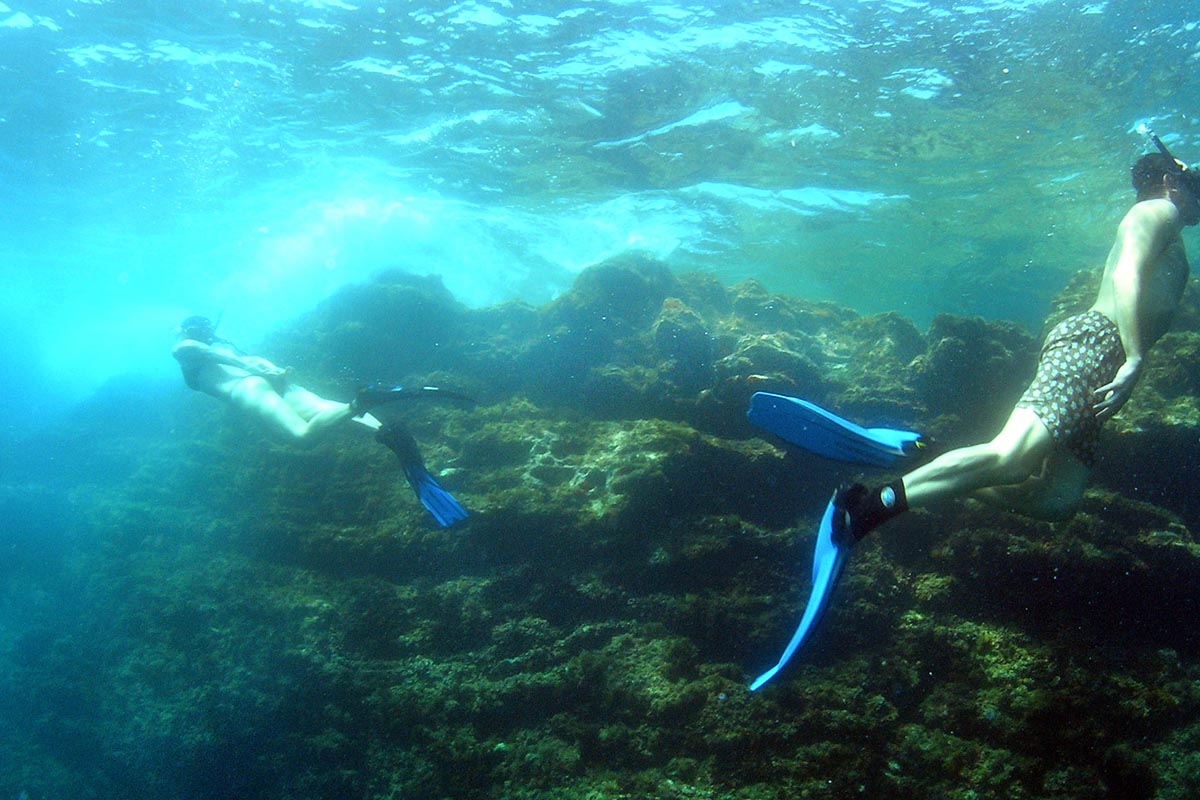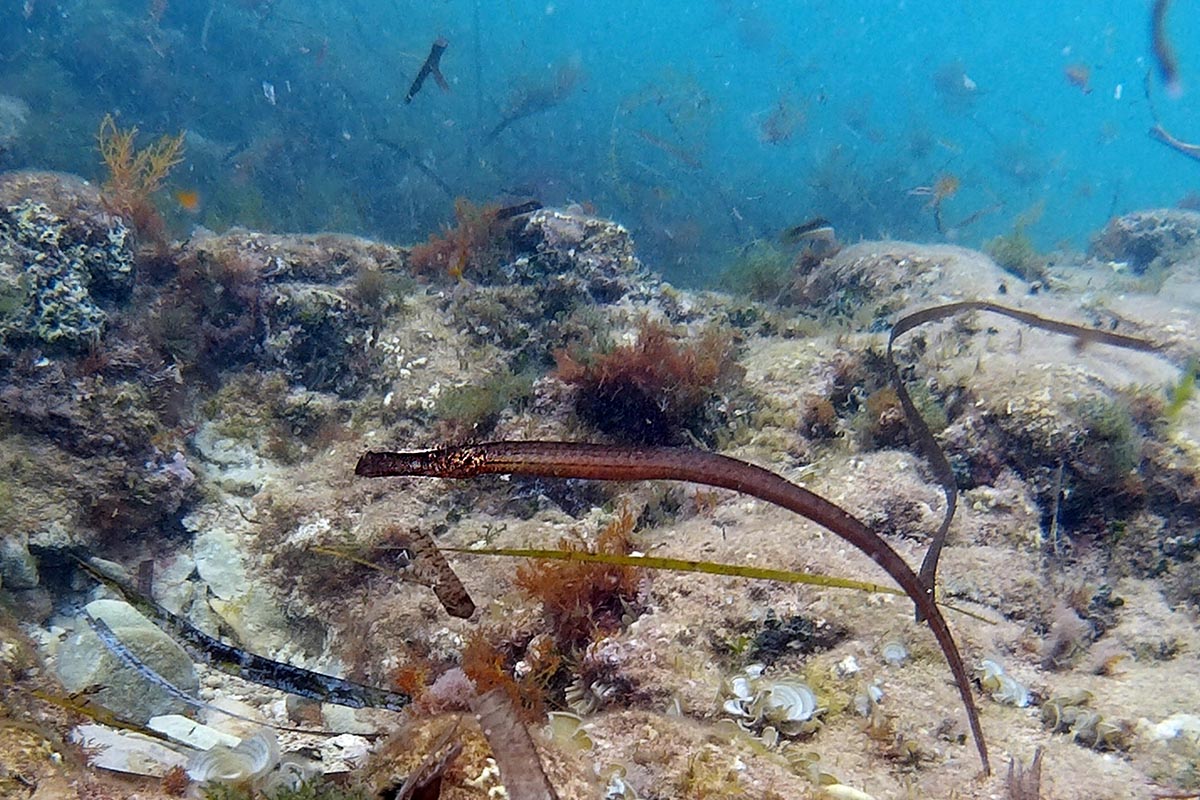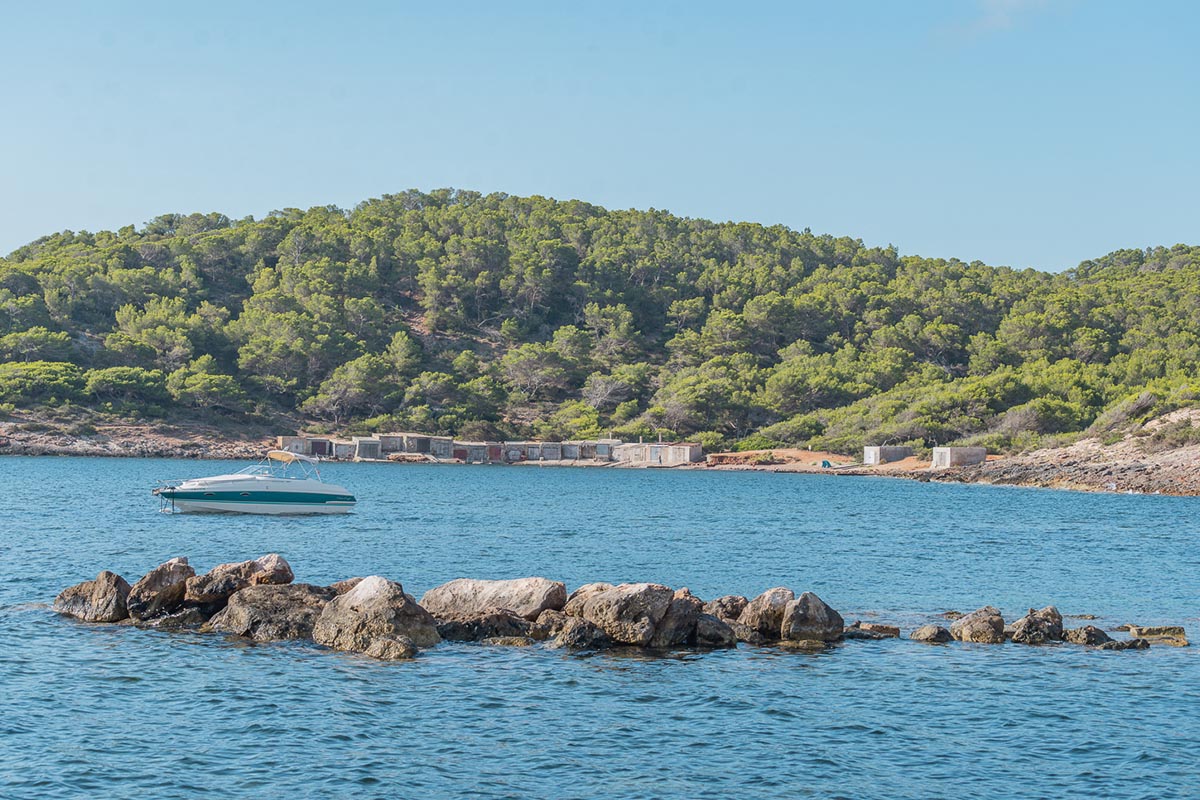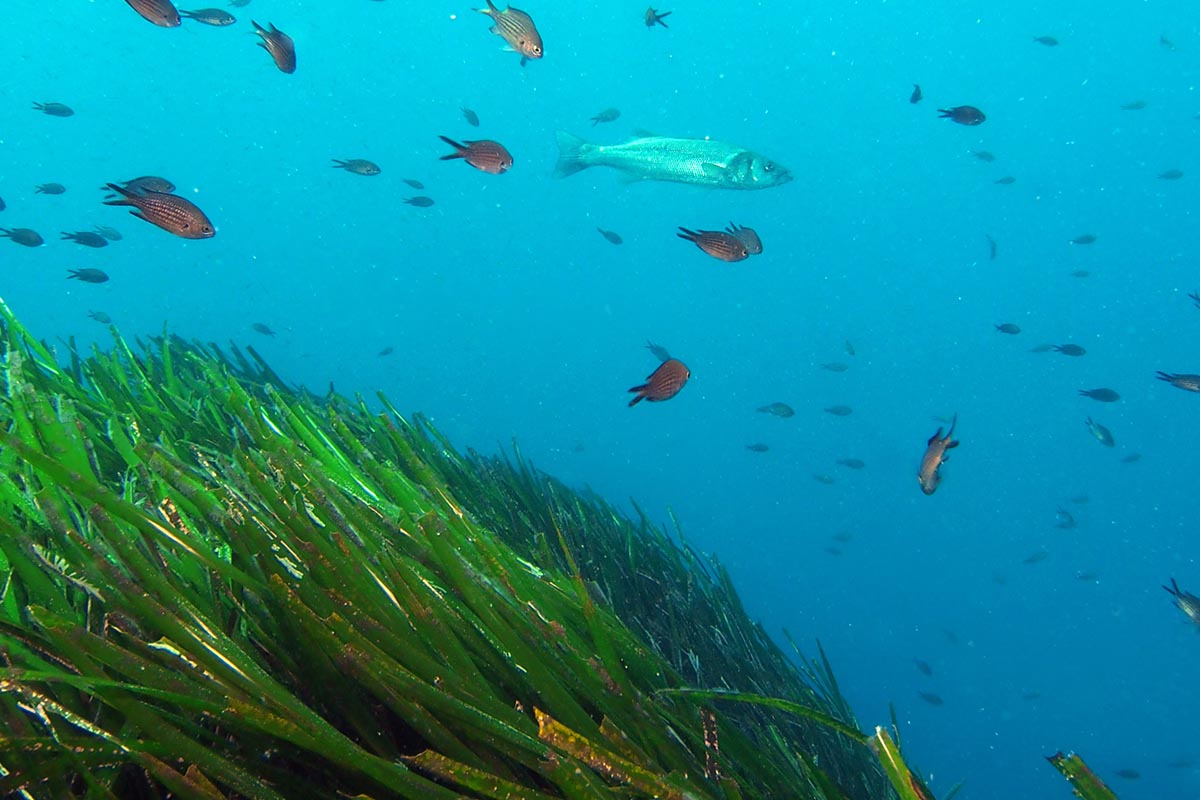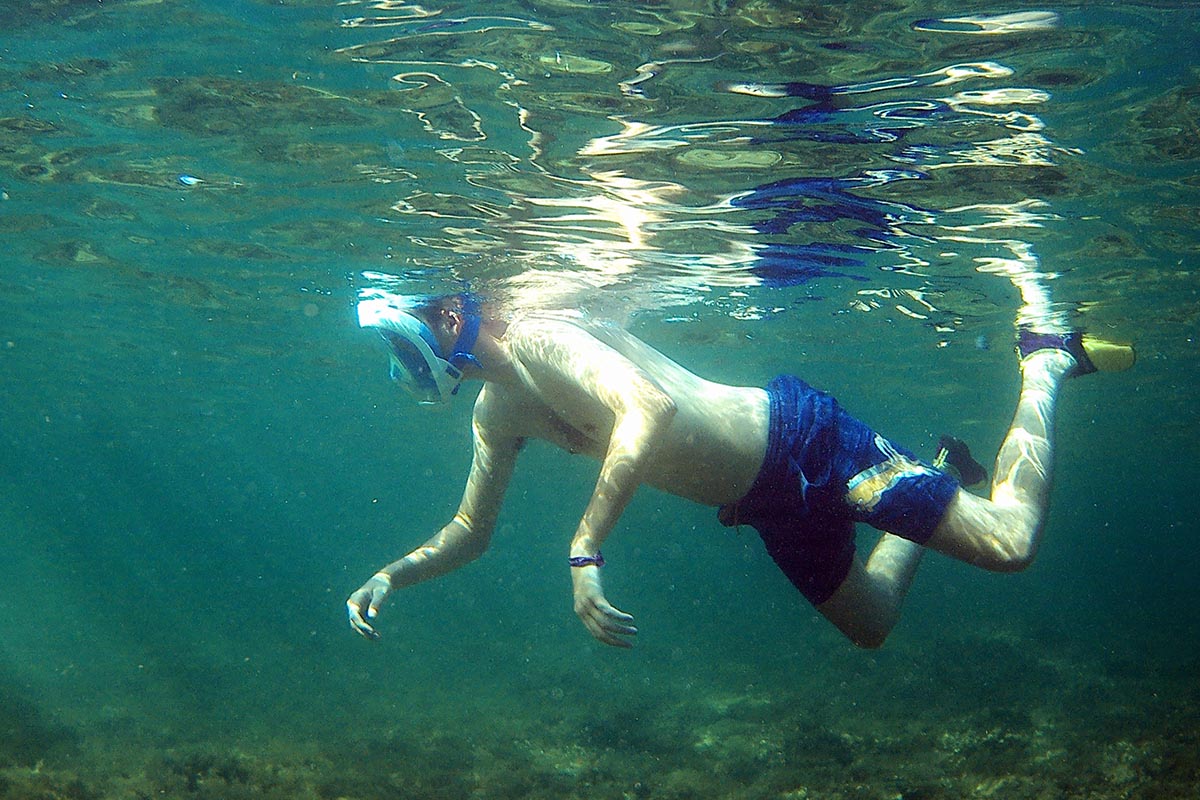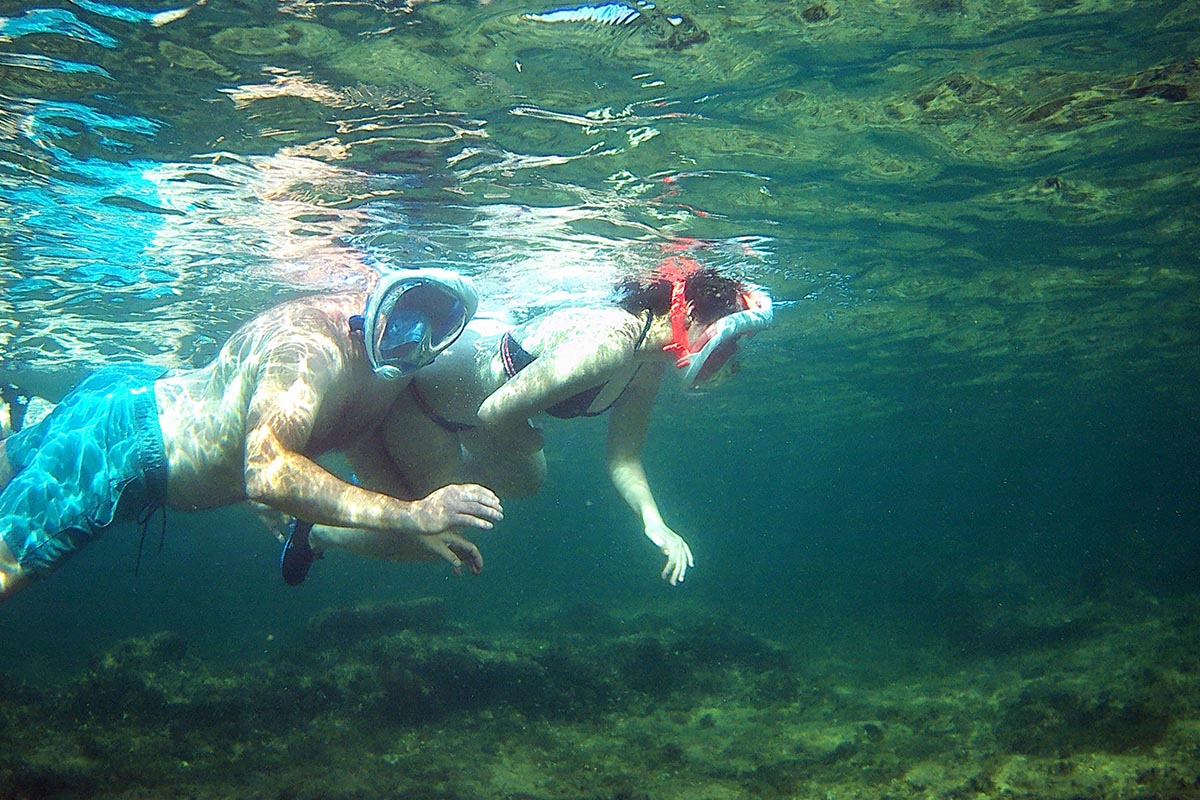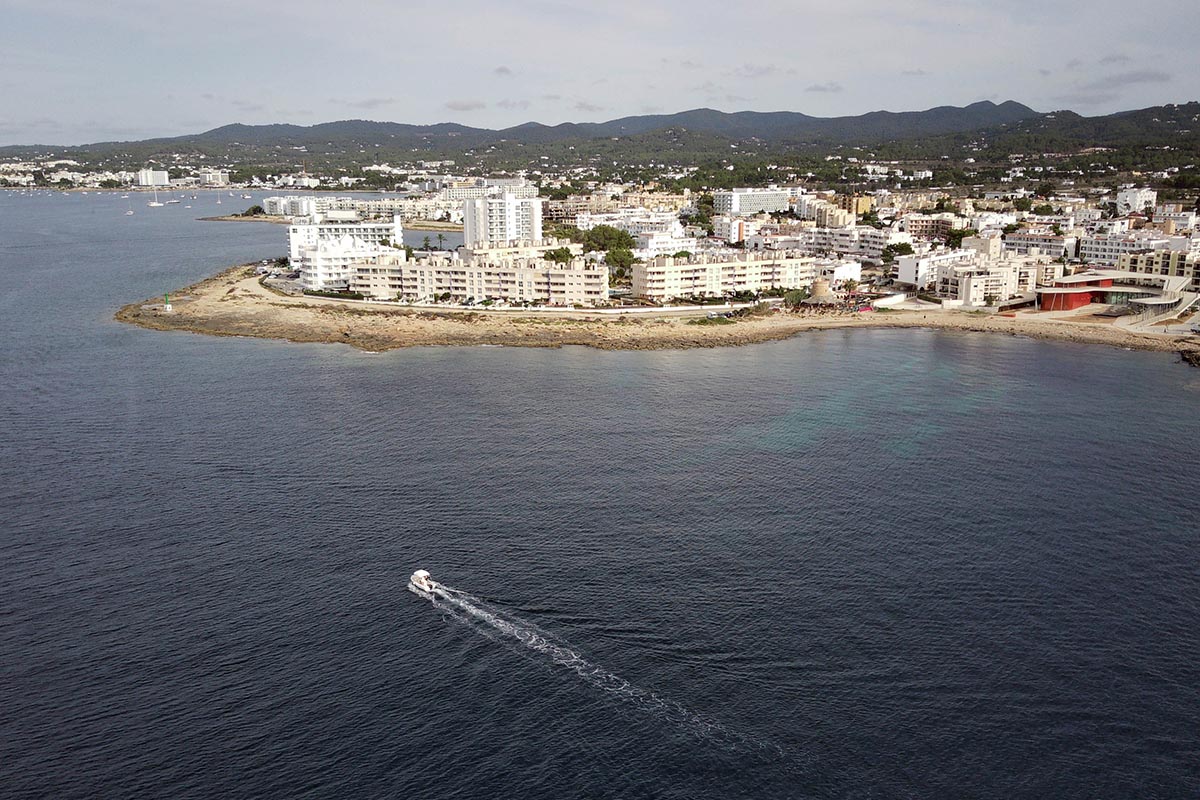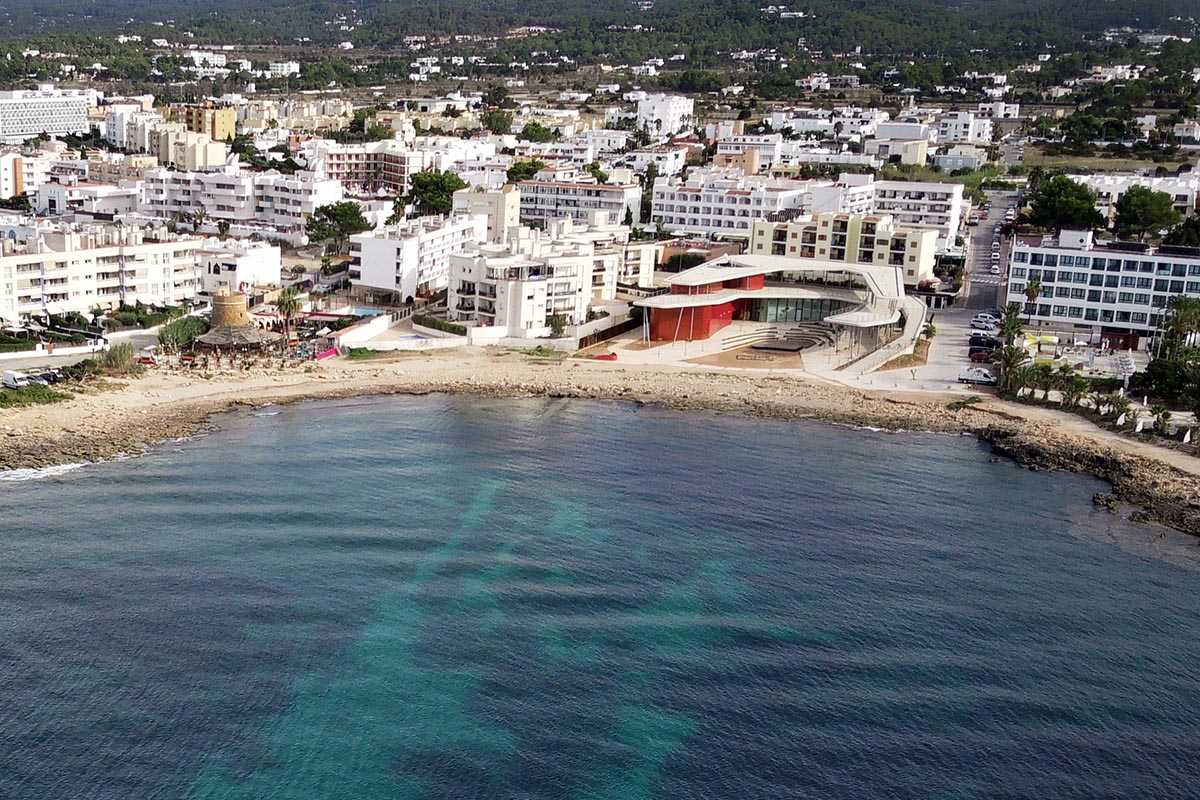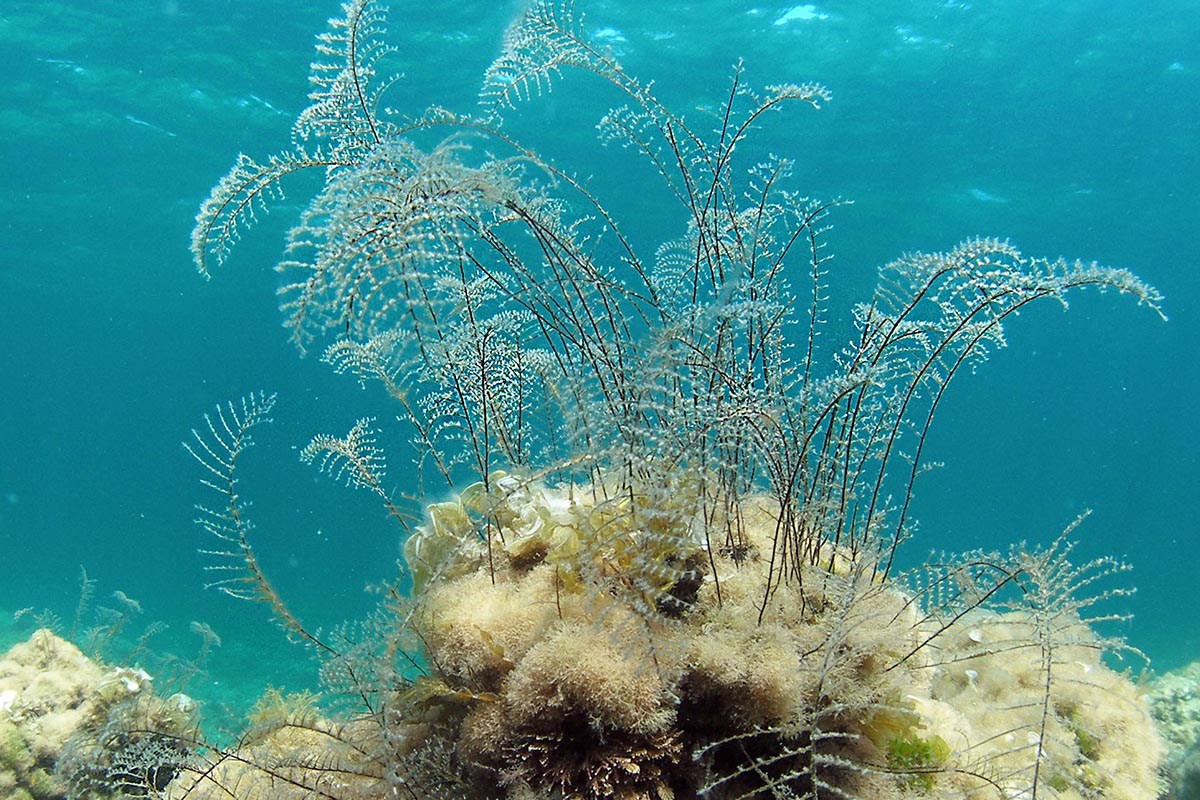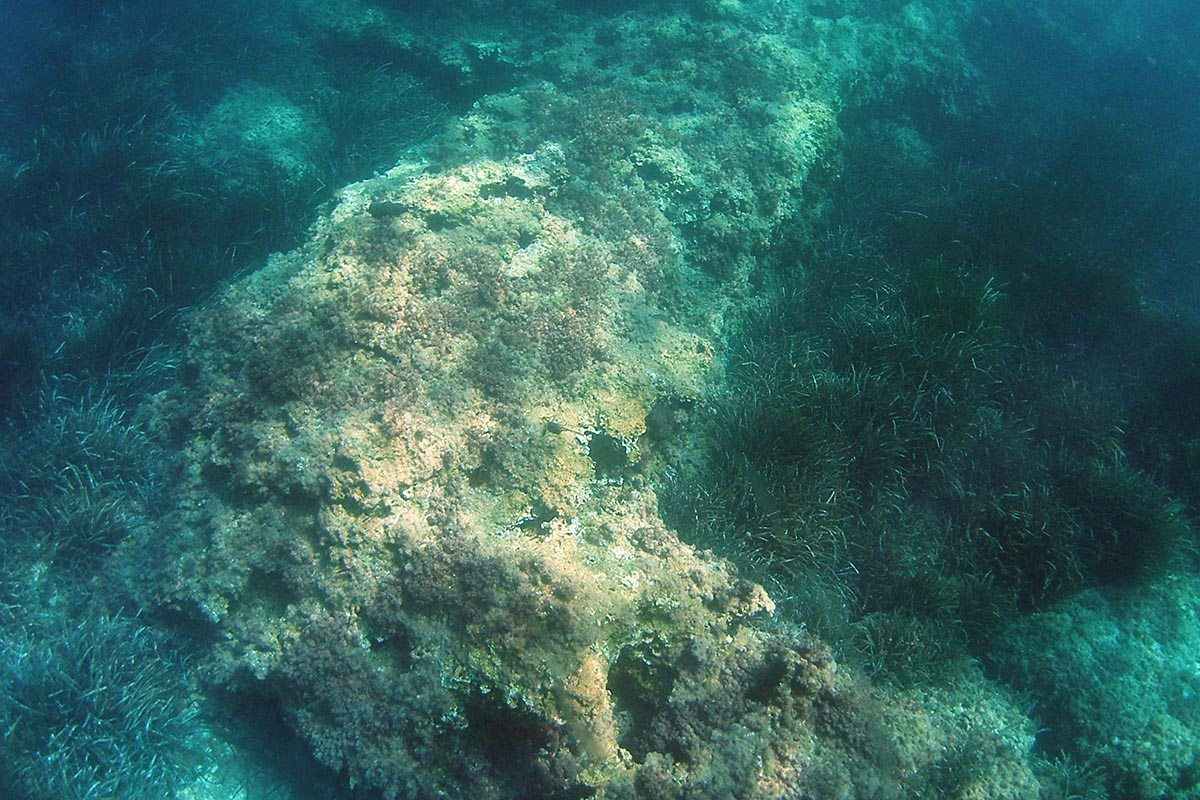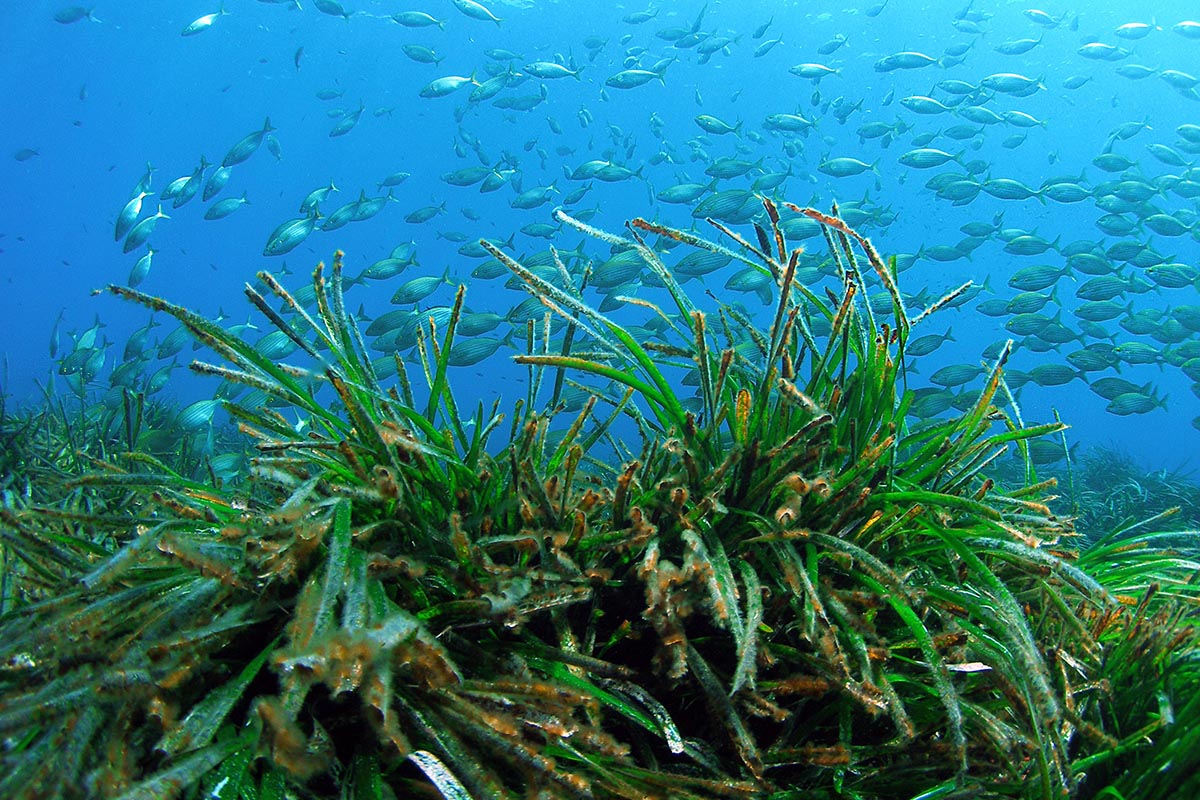Diving route in Sa Conillera island – Ibiza
Diving
ANCHORAGE COORDINATES: 8° 59’ 10,48’’ N | 1° 12’ 51,00’’ E
MAXIMUM DEPTH: 30 M.
TIME: 30 Min.
ROUTE: 600 M.
DIFFICULTY: Medium
We are next to the island of Sa Conillera, which belongs to a nature re-serve, meaning that we cannot moor the boat at the island nor actually go ashore.
The dive begins in the area called “s’Estany de dins”, off the northern end of the bay, where we find a small channel that crosses the point from north to south (be careful because small boats with a shallow draft often decide to cross via the channel. For this reason, an additional signal with a diving buoy in the channel can be of great use to us and help to avoid unnecessary scares).
At this point the depth is 5 metres and it is an ideal place to leave the boat anchored. Our route consists of going round the rocky outcrop that reaches out before us.
Once at the bottom, we must start the dive in a north-easterly direction, following the rock face on our left for about 5-10 minutes (depending how fast we go). We will cover a shallow depth that will range between 5-10 metres depending on the relief of the rock.
The rock face that guides us will suddenly change direction from nor-th-east to north and the bottom will take us to a point that drops sharply from 10 to 20 metres.
Without moving away from the rock face and keeping an eye on the surface, we will start to see some vertical fi ssures in the rock that go almost from the surface down to the bottom, which is impressive against the light.
They are large enough for us to move around them and go in through the cavities that they form.
Following the guiding wall we will continue to find small caves and cracks as we go deeper. It is NOT advisable to go into any of these formations, as these, unlike the first ones, are narrow and have no way out.
Once we have recovered a depth of 10 meters, we will find an arch of rock crossing a small projection that leads off into the blue. At this point our guiding wall changes direction once again to north-west and this is where (if the air supply has allowed us to get this far) we must turn back, as there should be about 100 bars of pressure in our cylinder in this area.
We will return via the same route as we came along, but at a depth of 10 meters, thus ensuring that we have enough air to get back. Once we reach the boat we must make a safety stop before coming up to the surface.
Another way to get back is to go all the way round the rocky outcrop that has guided us throughout the dive. Todo this, once in the arch , we must follow the rock face as it changes direction from north-west to west, paying great attention to finding the channel that crosses this rock formation on the surface.
If we have thought ahead and placed a buoy at the end of the channel be-fore we started the dive, it won’t be diffi cult to fi nd the meeting point to cross over to where the boat is.
we will make the safety stop at 5 metres at the end of the buoy. Once we have made the stop, we will rise to the surface and return to the boat swimming via the channel.





